The latest updates: Iva Lulashi will represent the Pavilion of Albania
The 60th Venice Biennale, set to run from 20 April–24 November 2024, will be curated by Adriano Pedrosa – and some countries have already announced the artists who will exhibit in their national pavilions. ArtReview will keep a running tally as they come:
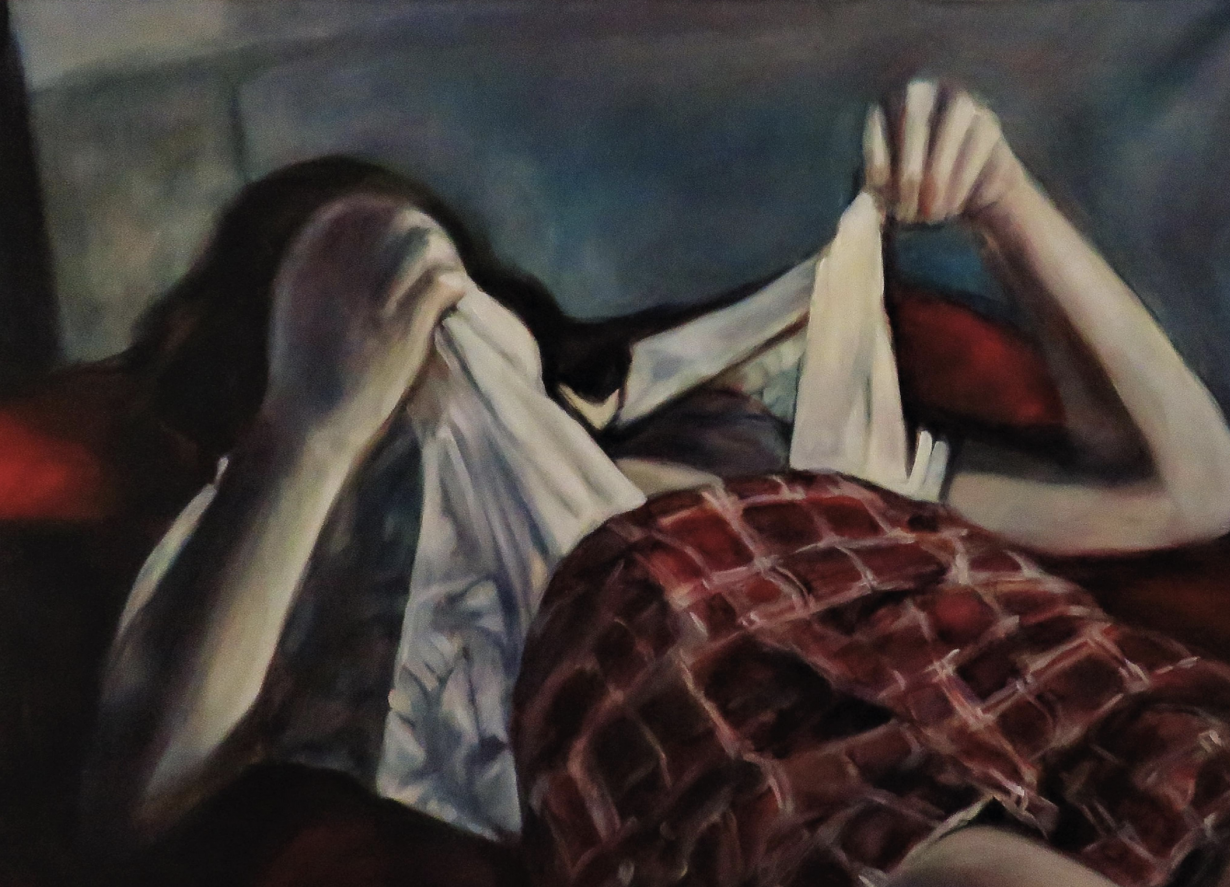
Tirana born, Milan based artist Iva Lulashi will represent the Albania Pavilion. Lulashi’s paintings often dig up found pieces of recent Albanian visual culture, and negotiate the tension between state propaganda and individual, erotic desires during the communist era. For the Biennale, Lulashi will present a series of works inspired by pre-revolution Russian feminist thinker Alexandra Kollontai and her ‘glass of water theory’ — which sees sexual impulses as something as simple as hunger and thirst, and should be satisfied with the same carefreeness as how one would drink a glass of water. In the show she will address the candidness and fluidity of love and lust, as well as the politics and power that come into play. Antonio Grulli will curate.
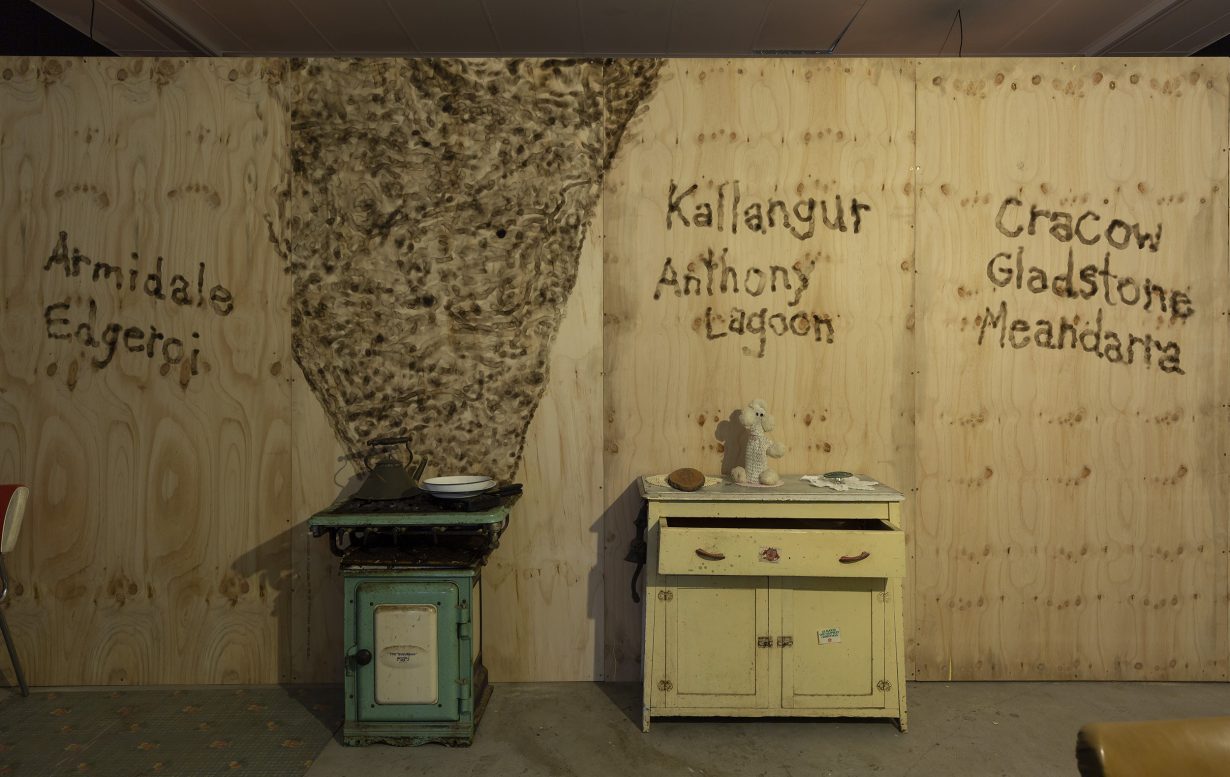
Queensland-based, First Nation artist Archie Moore has been selected to represent Australia at the Venice Biennale. Born in 1970, three years after the 1967 Australian Aboriginals Referendum – which gave constitutional citizenship rights to Indigenous people – Moore is known for his large-scale installations that reveal the tensions between personal and official histories of Australia’s colonial past as well as issues of identities, intercultural understanding and racism
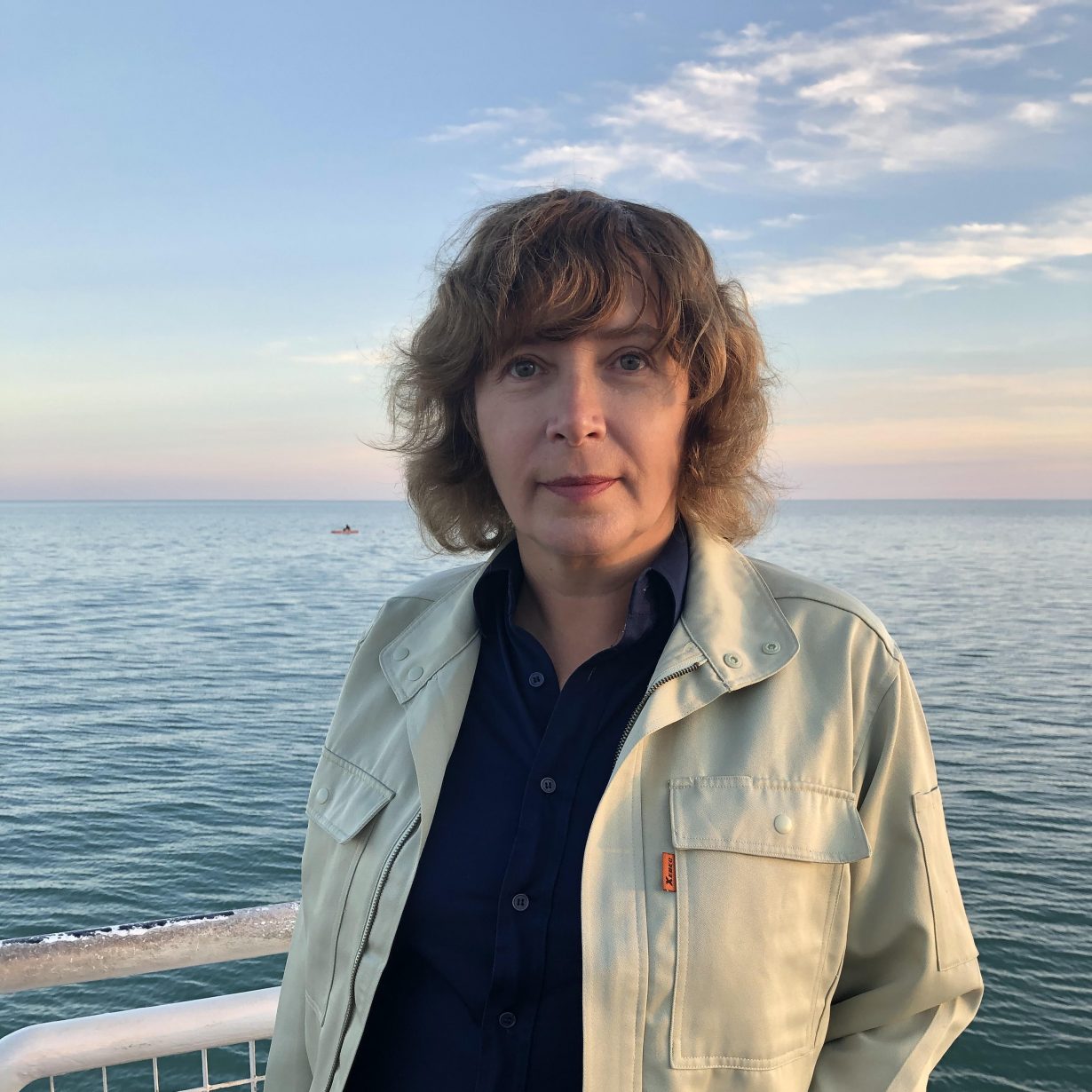
Austria has named Vienna-based artist Anna Jermolaewa for its pavilion. Born in Russia, Jermolaewa fled the Soviet Union in 1989 after being accused of anti-Soviet agitation. Jermolaewa’s oeuvre straddles photography, video, and installation, in works that probe the social and political structures of everyday situations. At the biennale, Jermolaewa will present new works that reflect on different expressions of non-violent resistance. The exhibition is to be curated by art historian Gabriele Spindler.

Luciana Lamothe will represent the Pavilion of Argentina. Often working with site-specific sculptures, Lamothe is interested in how architectural elements interact with the bodily and how stiffness and malleability are put into conversation. The exhibition titled Ojala se derrumben las puertas (I hope the doors collapse) takes its name from a verse by poet Elba Fábregas, a student of Argentine modernist Lino Spilimbergo. Echoing ideas of thresholds and the precarity of it, Lamothe will present one wooden structure that fills up the space of the pavilion, while the audience may walk on and through the undulating structures. ‘What I propose is to generate a transmateriality, in which hard materials can be soft and soft materials can also be hard’. Said the artist in a statement. Sofia Dourron will curate.
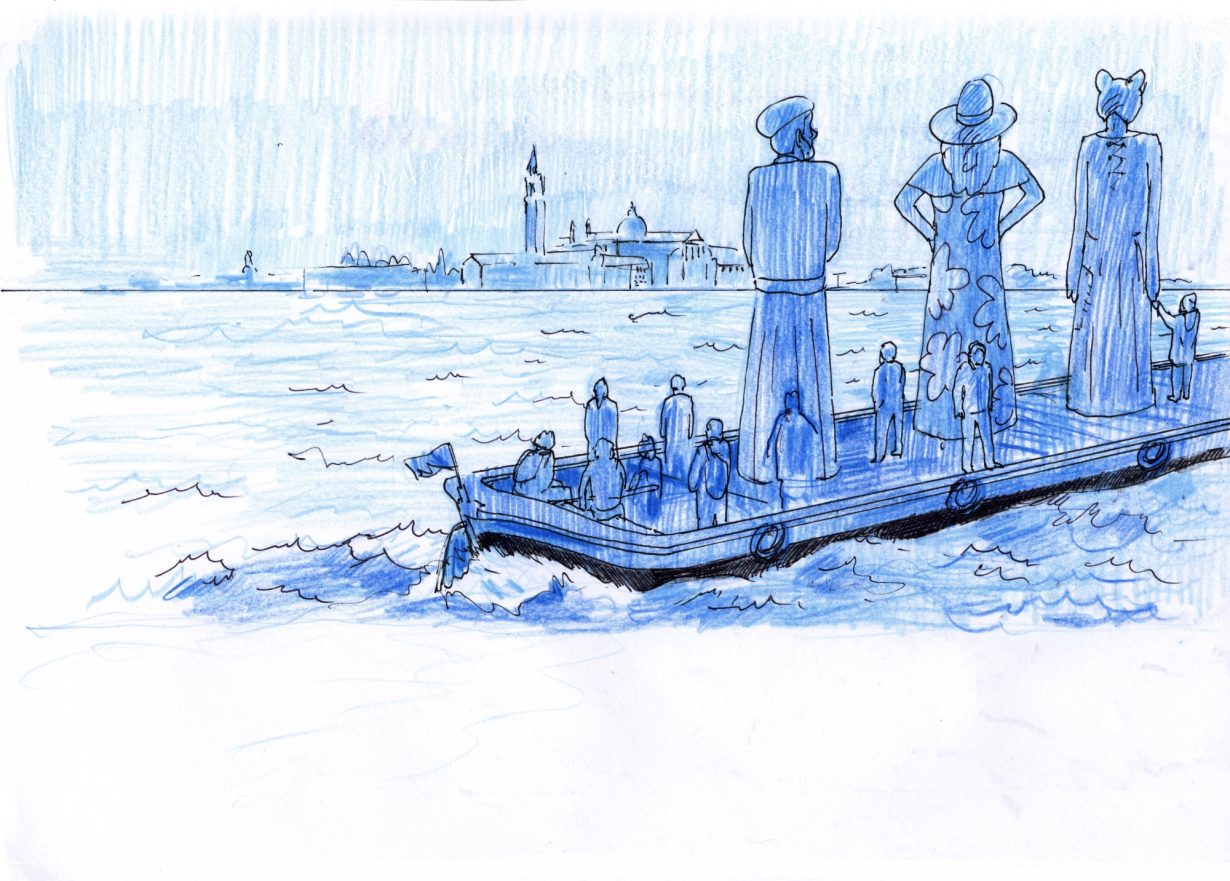
Belgium will be represented by the collective Petticoat Government (Denicolai & Provoost, Antoinette Jattiot, Nord, and Spec uloos), a multidisciplinary project mixing art, curating, architecture, typography and cartography. For the pavilion, they present a project that does away with the traditional exhibition format in favour of chapters of a fictional story that plays on questions of scale. They work with tales of giants from Venice and beyond in a comment about power, the human and the landscape.
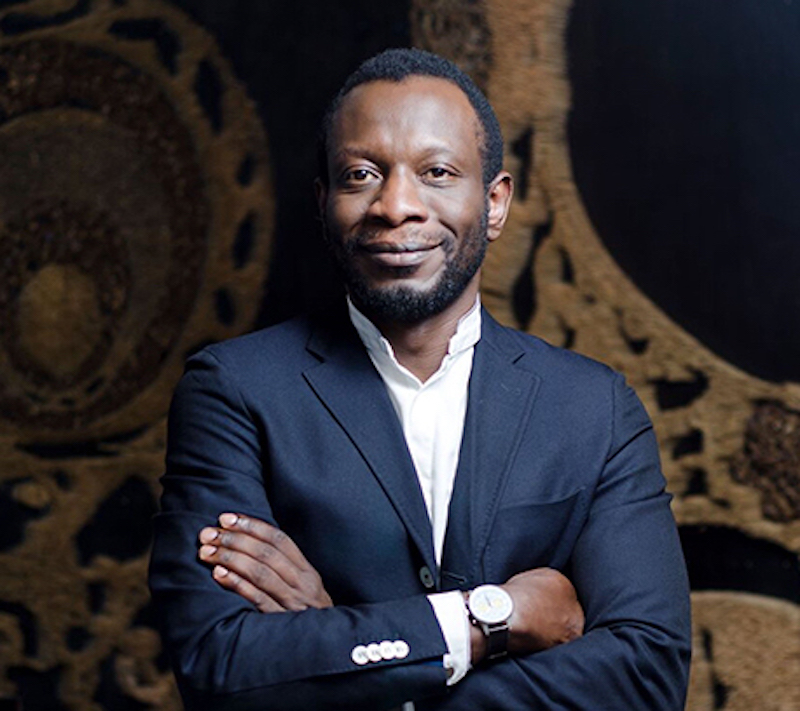
The Republic of Benin has announced its debut national Pavilion in Venice. The exhibition will be curated by Nigerian curator Azu Nwagbogu, who is known for his advocacy for contemporary African art and photography, founding Lago’s African Artists’ Foundation in 2007 and directing the LagosPhoto Festival since 2010. Entitled ‘Everything Precious Is Fragile’, the exhibition will explore the rich history of Benin, touching on themes such as the slave trade, the Amazon motif, spirituality, and the Vodun religion. It also delves into the contemporary realm with the Gèlèdé philosophy, focusing on ‘rematriation’, a feminist interpretation of restitution that advocates not only the return of objects but also Beninese philosophy and ideals predating the colonial era. Four artists will be included: Ishola Akpo, Moufouli Bello, Romuald Hazoumè and Chloé Quenum. Yassine Lassissi, curator of La Galerie Nationale du Bénin, and architect Franck Houndégla will also join the curatorial team.

Glicéria Tupinambá, also known as Célia Tupinambá, will represent Brazil in alongside her community as a representative of the Tupinambá Indigenous people, and other guests to be announced. The exhibition, titled Ka’a Pûera: nós somos pássaros que andam [Ka’a Pûera: we are walking birds], will share the wealth of the Tupinambá culture and its journey of resistance and resurgence. Tupinambá adds another view to the theme defined by Adriano Pedrosa forthe Biennale, Foreigners Everywhere, adding a perspective reflecting on the longstanding marginalisation of Brazil’s indigenous communities within their own lands. The exhibition, which will be curated by Arissana Pataxó, Denilson Baniwa and Gustavo Caboco Wapichana, will also see the Brazil Pavilion renamed the Hãhãwpuá Pavilion. Hãhãwpuá is the name used by the Pataxó people to refer to the territory that was Brazil before colonisation, which has also had many other names.
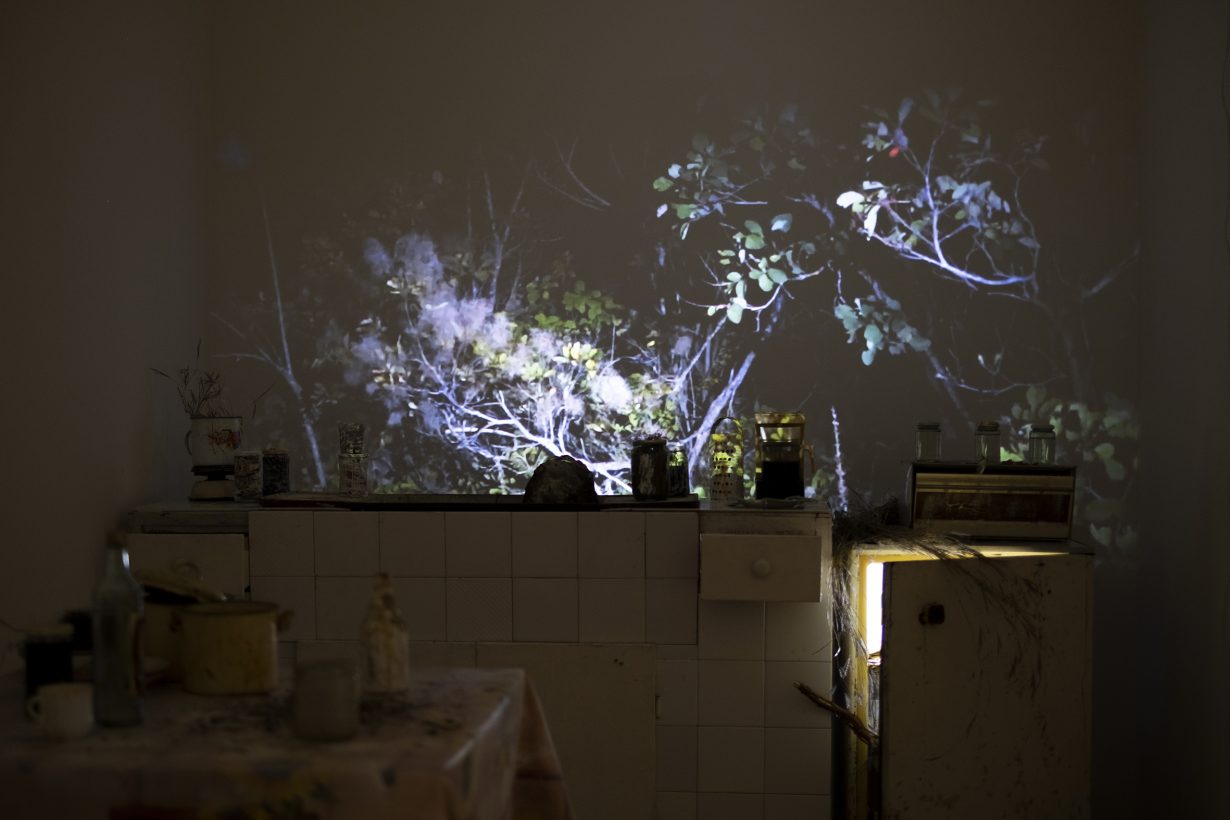
Bulgaria will be represented by a multimedia installation titled The Neighbours, which explores the silenced memories of survivors of state violence from 1945 to 1989. Curated by Vasil Vladimirov and featuring artists Krasimira Butseva, Lilia Topouzova and Julian Chehirian, the installation includes found objects, video and sound that convey the stories of individuals subjected to persecution in forced labour camps and prisons. Set up like a home, visitors would be invited to enter the pavilion, sit down and bear witness to survivors’ stories.

Canada has named Kapwani Kiwanga to represent the country’s pavilion in Venice. With a background in anthropology, Kiwanga’s practice often emerges from extensive archival research. Through performance, video, sound, photo, sculpture and installation, her minimalistic works reveal neglected memories and the inner workings of asymmetrical power. Kiwanga is ‘interested in the role of art as a catalyst for revealing and addressing alternative and often silenced, marginalized socio-political narratives that are part of our shared histories’, said Canada Pavilion Curator Gaëtane Verna. She believes that Kiwanga’s project will ‘undoubtedly transcend the materials that she will choose to use to transform our own understandings of the world’. Kapwani Kiwanga was chosen by The National Gallery of Canada.
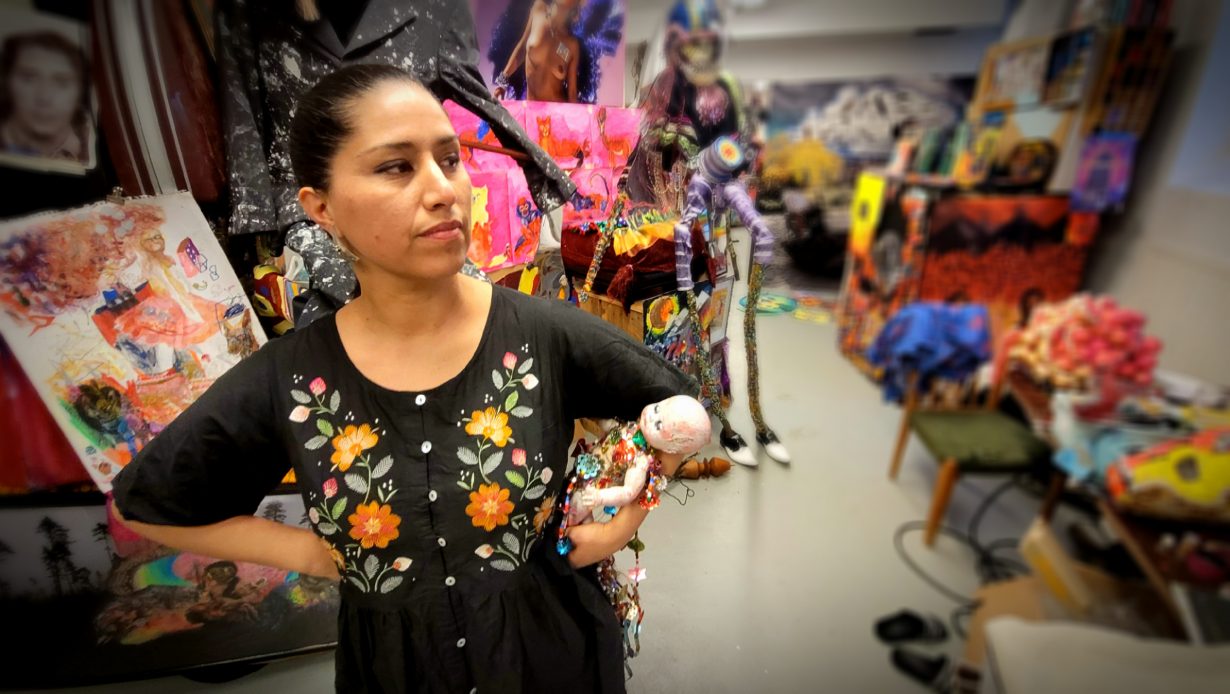
Chile will present Valeria Montti Colque, who was born in Stockholm in 1978 into a family that had been exiled during Chile’s military dictatorship. Citing anthropologist Michel S. Laguerre’s discussion of diasporic communities and their connections to their ancestral nations, the exhibition titled Cosmonación will discuss the multi-site nature of nationhood that often encompasses geographically distant territories. At the exhibition Colque will present a monolithic installation Mamita Montaña (Mother Mountain) – measuring more than five metres in height and made up of carpets, printed textiles, photographs and pieces of ceramics – as well as smaller textile, ceramic and video works. ‘Valeria Montti Colque’s artistic proposal brings simultaneously together a ritual and political space, allowing us to connect to the immensity of a forest or a mountain through the strength of a foreign community, right in the middle of a city,’ pavilion curator Andrea Pacheco González said in a statement.
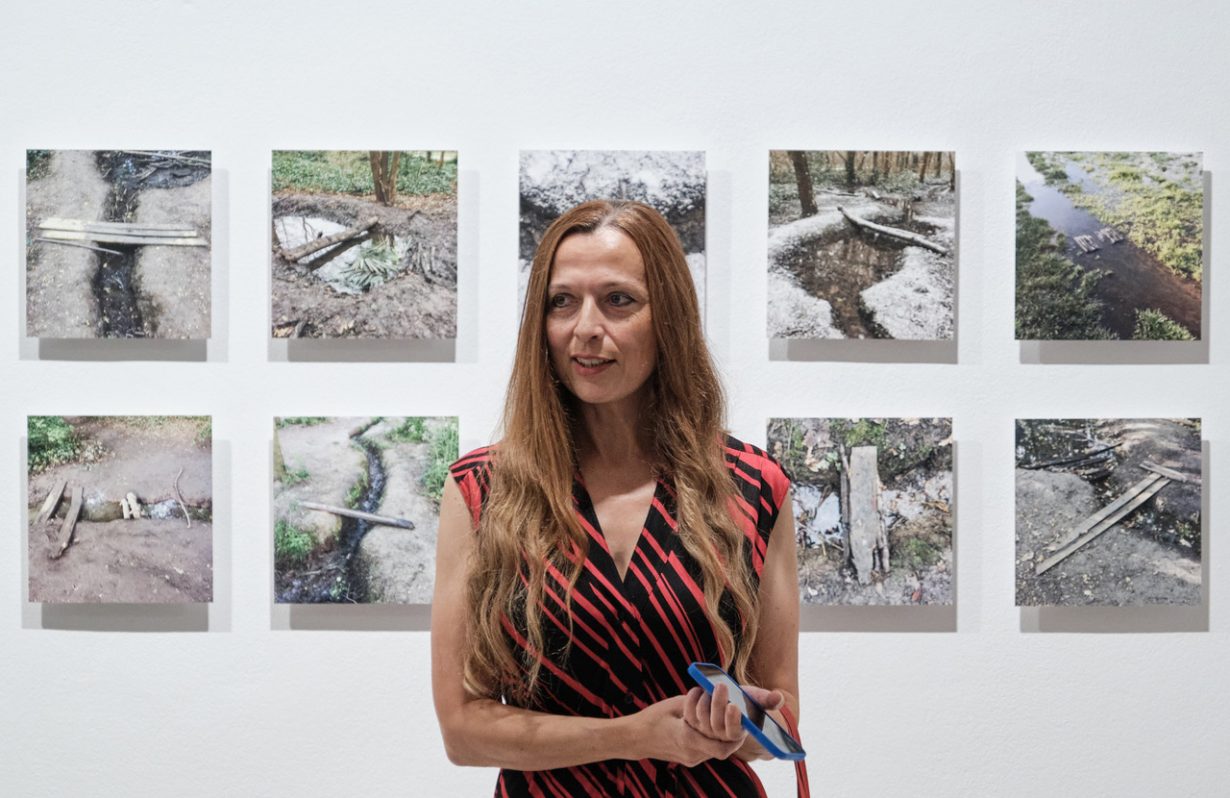
Vlatka Horvat will be representing Croatia, responding to the theme set by curator Adriano Pedrosa ‘Foreigners Everywhere’ with a project titled By the Means at Hand. It refers to the improvised transport systems common in Croatia and around the world where informal networks of friends and family are asked to carry packages, letters, money and other things from people in their home countries to their loved ones wherever they are travelling to. Curated by art historian Antonia Majača, the pavilion will display the work of ‘foreign’ artists delivered to Venice by such improvised means.

Eva Kot’átková’s project The heart of a giraffe in captivity is twelve kilos lighter will be on view in the Czech and Slovak Republic Pavilion. It tells the story of Lenka the Giraffe, who was captured in Kenya in 1954 and transported to the Prague Zoo to become the very first Czechoslovak giraffe. Lenka only survived two years in captivity, after which her body was donated to the National Museum in Prague where it was displayed until 2002. Lenka was one of many examples of Czechoslovakia’s policy of acquiring animals from countries in the Global South to bring them to Czech zoos, and Kot’átková explores it with an eye to thinking about emotional attachment, a sense of belonging, and the meeting of politics, institutions and the natural world. The project was made in collaboration with artists and composers Himali Singh Soin and David Soin Tappeser and the collective Gesturing Towards Decolonial Futures – and is curated by Hana Janečková. This will be on view alongside Oto Hudec’s Floating Arboretum, representing the Slovak Republic, curated by Lýdia Pribišová.
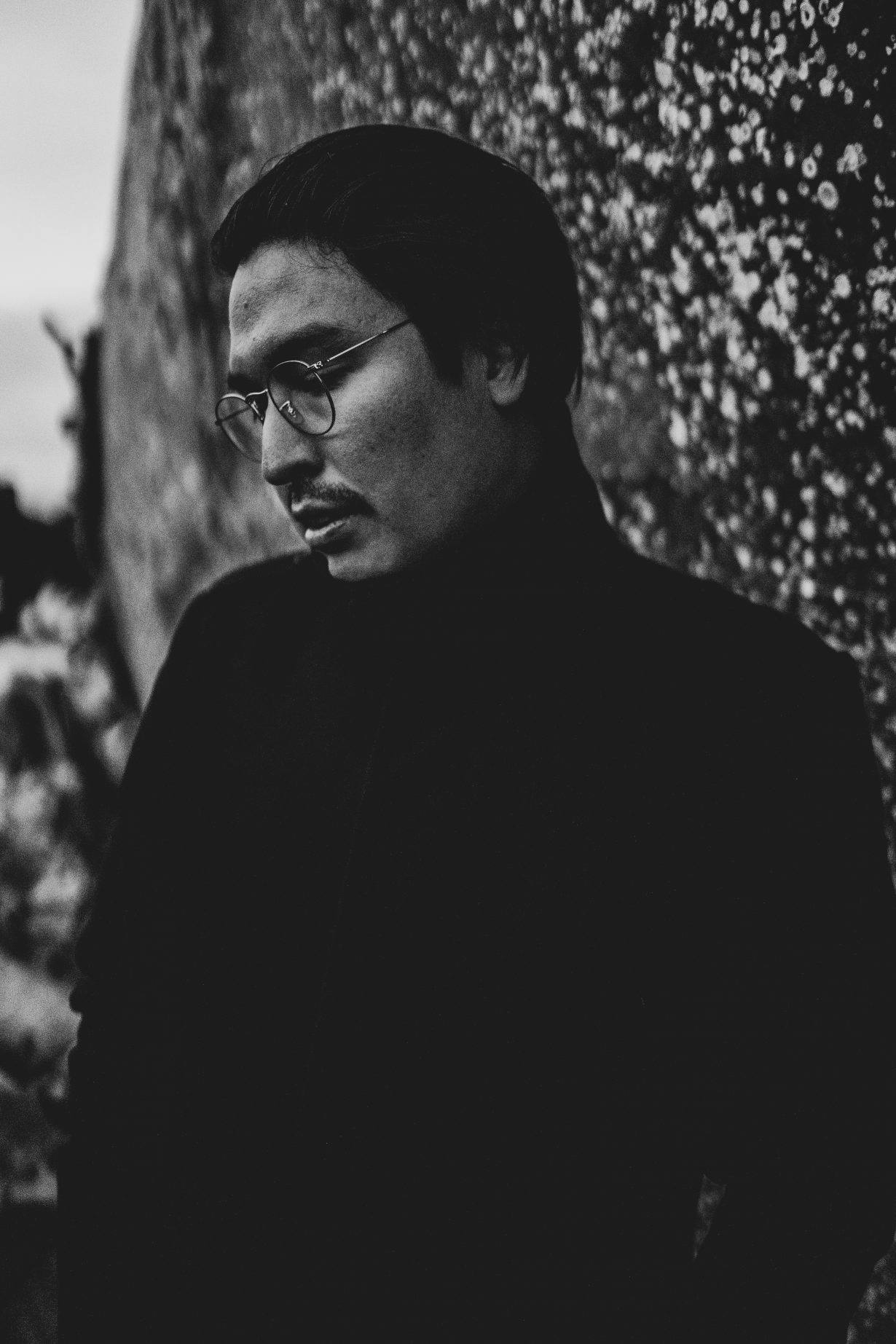
Greenlandic artist Inuuteq Storch will represent Denmark. A graduate of the International Center of Photography in New York and of Fatamorgana school of photography in Copenhagen, Storch works with photography and photographic archives to explore Greenlandic identities. At Venice, he will present an installation titled Rise of the Sunken Sun, in which his own family archive and contemporary images of everyday life in Greenland will be juxtaposed against works by the first professional Greenlandic photographer John Møller, as an attempt to ‘to tell the Greenlanders’ visual history, not seen through the visitors’ eyes, but through the Greenlanders’ own.’ Louise Wolthers will curate.

Wael Shawky will represent Egypt. Born in Alexandria and currently working in between his hometown and Philadelphia, where he received his MFA at the University of Pennsylvania, Shawky works in painting, film and performance to negotiate national imagination and narratives of history through extensive research. His ambitious film trilogy Cabaret Crusades that includes The Horror Show Files (2010), The Path to Cairo (2012), and The Secrets of Karbala (2015) – the latter premiered at his first major American survey at MoMA PS1 – adopts the format of puppet shows to recount a historical moment between the seventh and twelfth centuries through the perspectives of Arab scholars who lived through the time, investigating the secular motivations of the crusaders as well as power struggles within the Arab world. His recent work The Gulf Camp project: The Wall #2 discussing post-seventeenth-century history of the Arabian peninsula – was installed at M Leuven in 2022.

Estonia has named Edith Karlson to represent the country. Dogs, bears, lions, birds, dinosaurs and other animals appear allegorically or symbolically in the artist’s sculptures. She told Echo Gone Wrong last year, ‘I have always, as far as I can remember, been a huge fan of animals, and I have never stopped loving and admiring them. I probably started to use them in my art because I did not want to use the human body or the human figure, or anything too human. Whatever problem or feeling I try to show with my art is already very human anyway.’ Karlson was chosen by the Estonian Centre for Contemporary Art.
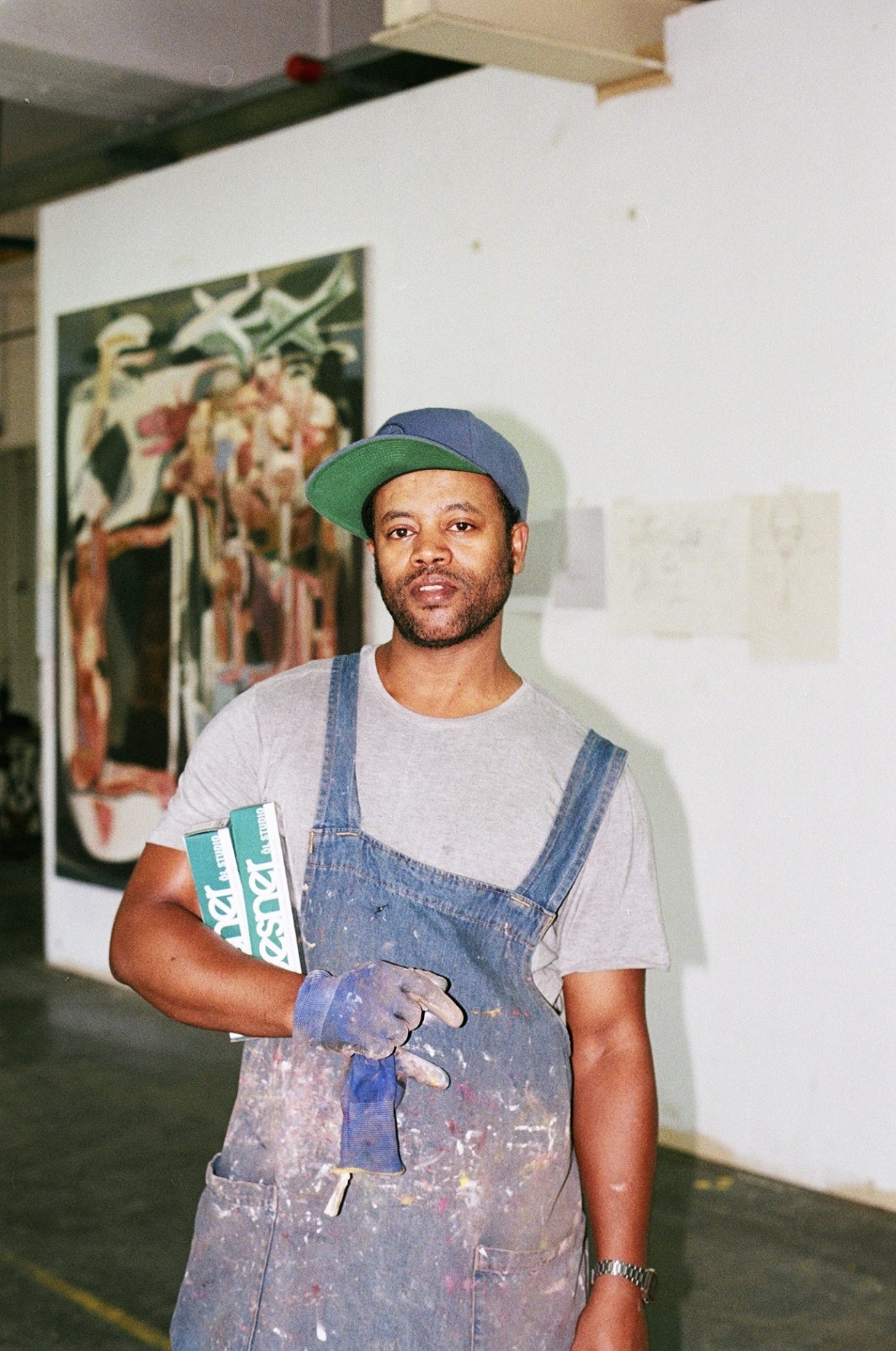
Tesfaye Urgessa will represent Ethiopia. This will be the country’s first-ever pavilion at the Venice Biennale. Born in Addis Ababa in 1983, Urgessa studied under modern master Tadesse Mesfin in Ethiopia, and later graduated from the Staatlichen Akademie in Stuttgart. After finishing his studies, Urgessa lived in Stuttgart for 10 years, recently returning to his hometown. His artistic work expresses the complexities inherent in displacement, immigration and cultural identity, fitting the Biennale’s theme Foreigners Everywhere. His distinctive artistic language connects Ethiopian iconography with a fascination with traditional figurative painting, exploring themes of race and identity politics within domestic settings. Poet Lemn Sissay OBE FRSL will curate.

Finland has named artists Pia Lindman, Vidha Saumya and Jenni-Juulia Wallinheimo-Heimonen to exhibit at its Pavilion, commissioned and produced by Frame Contemporary Art Finland. Curators Yvonne Billimore and Jussi Koitela anticipate a ‘multifaceted collaboration that reimagines the pavilion as well as the kind of art, bodies and experiences which the pavilion can support. In the early phases, we are taking time to explore the relationalities of our individual practices and share how our lived experiences impact our work. These exchanges will be the building blocks for the exhibition’.
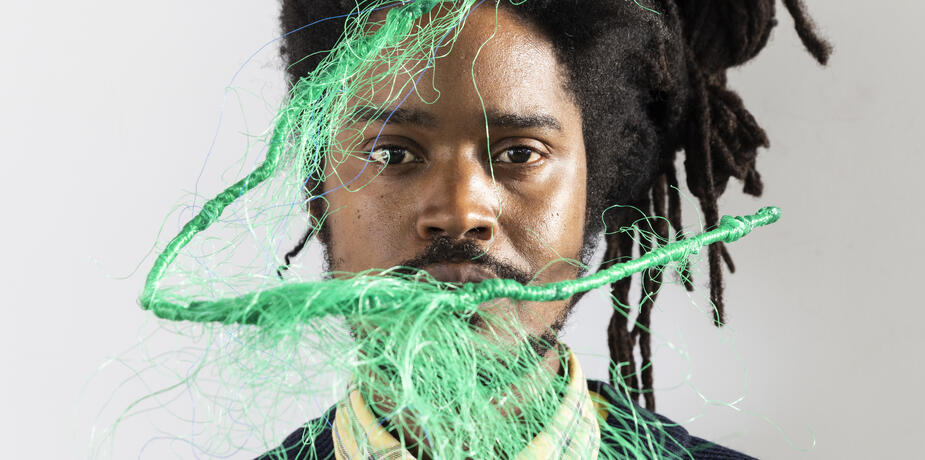
France has named sculptor Julien Creuzet for its pavilion in Venice. Deploying plastics and rope in his work, the artist often explores his own French-Caribbean identity. ‘His singular work and his gift for oral literature feed on creolization by bringing together a diversity of materials, stories, shapes and gestures. The questions raised by his works will find, at the French Pavilion in Venice, a particularly important resonance with those of our time,’ pavilion organisers said in a statement. ‘Julien Creuzet was also chosen for the horizons he draws, going beyond the opposition between identity and universality, demonstrating that in the folding of art, the poetic and artistic echoes always trace responses that are as beautiful, joyful and restorative as they are unexpected.’

The Georgian Pavilion at will host Art of Seeing—States of Astronomy, a collaborative project presented by a team of Georgian and French curators and artists. The exhibition, curated by Julia Marchand with research curator Davit Koroshinadze, will be held at Palazzo Palumbo Fossati. It is inspired by 65 Maximiliana or the Illegal Practice of Astronomy, a 1964 work by Georgian artist, poet and editor Ilia Zdanevich (1894–1975) and Max Ernst (1891–1976). Presenting the work along with its related archives as well as contemporary works by Nikoloz Koplatadze, Grigol Nodia, Juliette George, Rodrigue De Ferluc and Wilhelm Ernst Tempel.
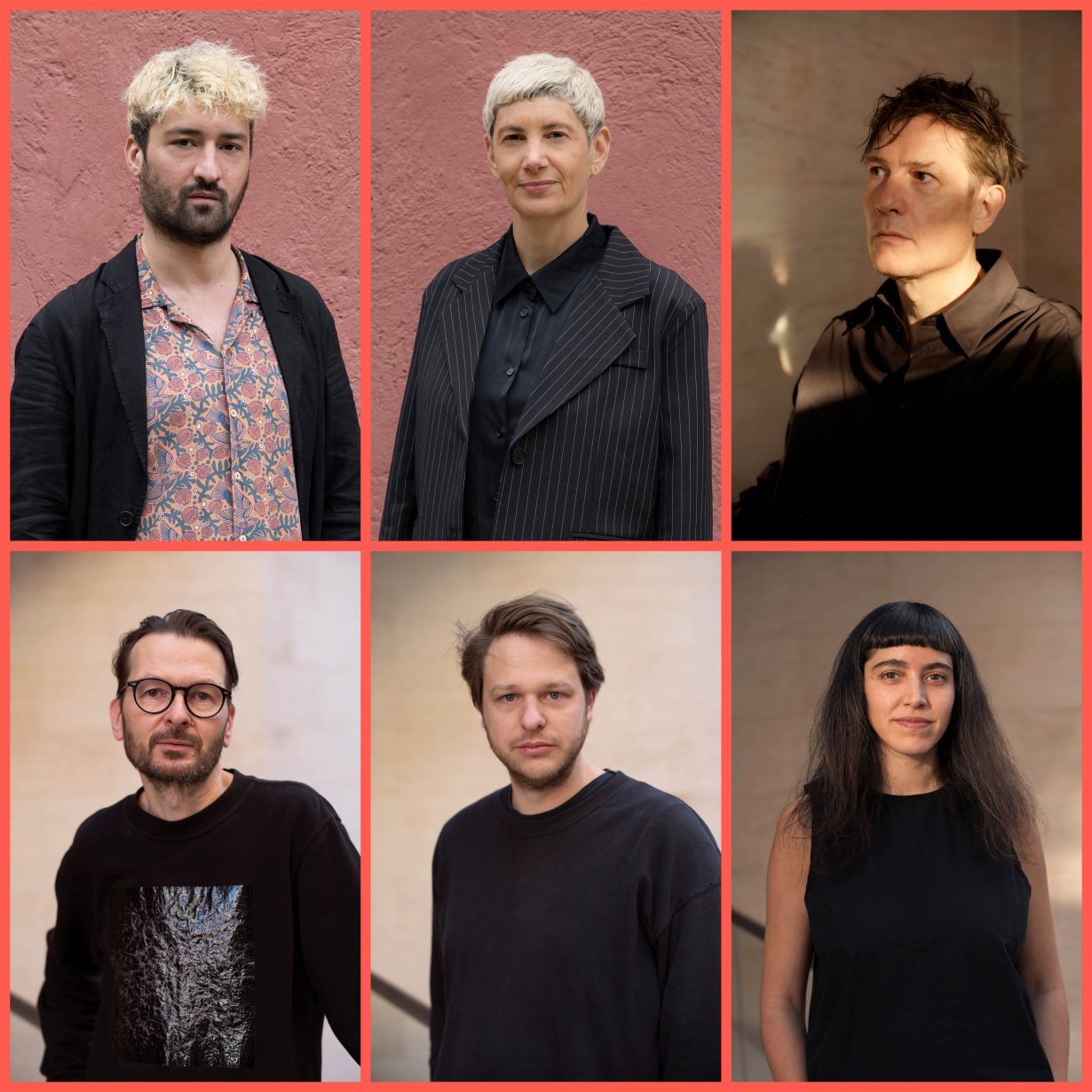
The German Pavilion will feature a project titled Thresholds, curated by Çağla Ilk, which will spread across the pavilion in the Giardini and another location, the island of La Certosa to the east of the Giardini. In the pavilion will be works by Berlin- and Amsterdam-based, Israeli-born artist Yael Bartana and Ersan Mondtag, a theatre-maker and performance artist born and based in Berlin. The artists Michael Akstaller, Nicole L’Huillier, Robert Lippok and Jan St. Werner jointly create a resonant space in a natural setting on La Certosa. Their work contrasts the monumentality of the German Pavilion, while emphasising the idea of passage through a threshold space. This will be the second time Bartana represents a country in the biennale, after doing the Polish Pavilion in 2011.

John Akomfrah, known for his ambitious film installations, will represent Great Britain at Venice. The artist, who first came to prominence in the early 1980s as part of the Black Audio Film Collective, is no stranger to the biennial, first exhibiting in 2015. Vertigo Sea, commissioned by curator Okwui Enwezor, was a vast three-screen installation which took whaling, the environment and our relationship with the sea, as its subject. Four years later, Akomfrah – who was born in Accra, before moving to the UK as a child – returned to Venice with his work Four Nocturnes (2019), included in a group exhibition for the inaugural Ghana Pavilion. Akomfrah commented: ‘I’m grateful to be given a moment to explore the complex history and significance of this institution and the nation it represents, as well as its architectural home in Venice – with all the stories it has told and will continue to.’
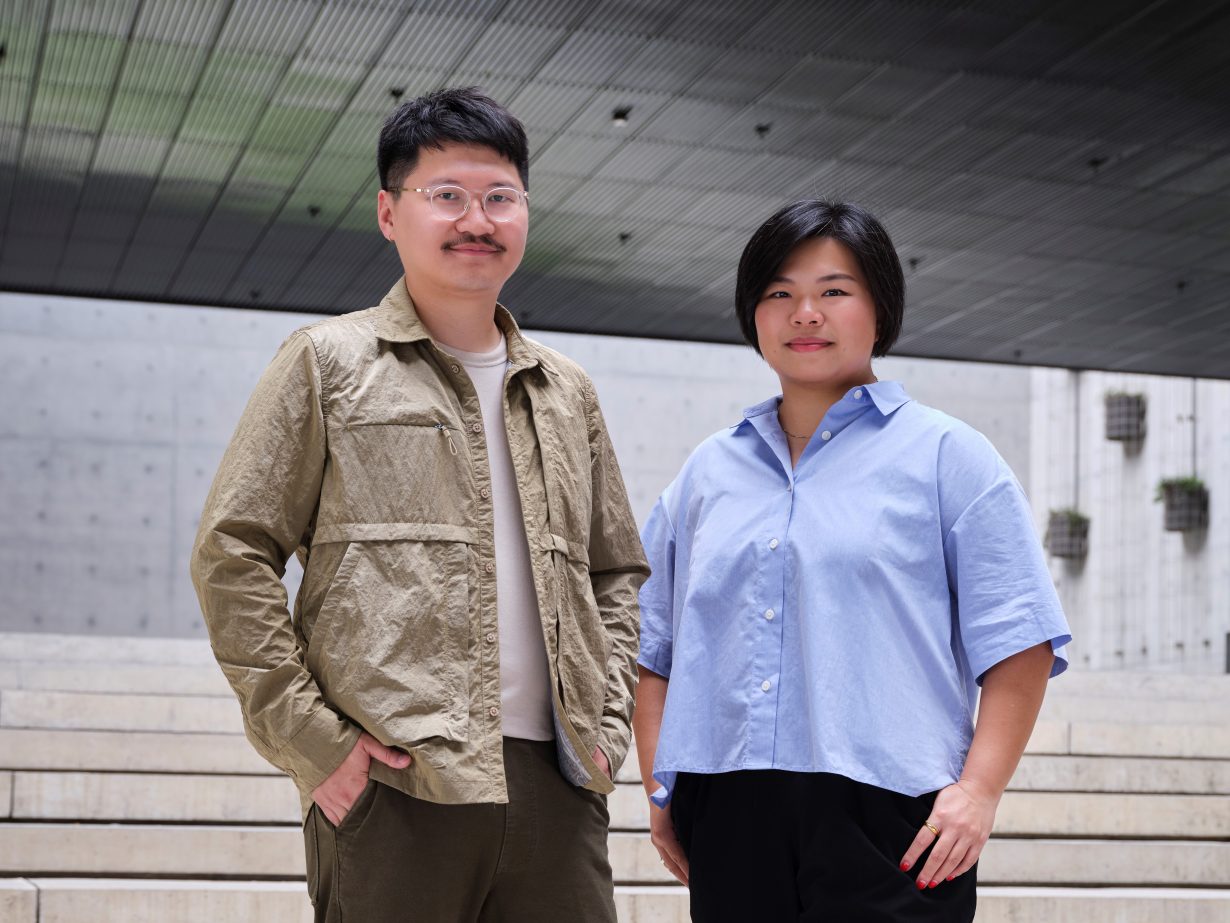
Hong Kong-born and based artist Trevor Yeung will represent Hong Kong at Venice. The selection was made by M+, Asia’s first visual culture museum, and the Hong Kong Arts Development Council (HKADC). Yeung’s work examines the systems and conditions that contain and create emotional and behavioural responses. With a fascination for botanic ecology and horticulture, he juxtaposes natural objects in his installations to reflect on their artificiality. ‘As the world adjusts to the reopening of borders and new ways of interaction after the pandemic, it is particularly meaningful for me to present new work influenced by cross cultures and my immediate surroundings—to bring my vision abroad and connect with the international art community’, the artist said in a statement. Olivia Chow from M+ will curate.

Hungary’s national pavilion will be represented by Budapest-born, London-based artist Marton Nemes. The colourful, abstract canvases characteristic of Nemes’s works often represent urban architecture and subculture music scenes. For the Biennale, Nemes will present a piece of large, multimedia work that utilises the spatial features of the Hungarian pavilion. The pavilion is commissioned by Julia Fabenyi, Hungarian art historian and the director of Cologne’s Ludwig Museum. Rona Kopeczky will curate.

Reykjavik based artist Hildigunnur Birgisdóttir will represent Iceland. Birgisdóttir’s works explore the inconsistent alignments between beauty, utility and value. Her inspirations often come from everyday objects that reflect globalised systems of production, distribution and commerce. Distorted paper clips, sticky notes, computer buttons, and plastic packaging form a playful visual language that subverts and unnerves the mundane. ‘The Venice Biennale is the perfect forum for Birgisdóttir’s aesthetically subversive and slyly political work.While still in its early stages, I’m excited by the way she is approaching the exhibition space, and the unexpected relationships she is creating between seemingly disparate sources and materials. I don’t think this pavilion will look or feel like any other’, Dan Byers, curator of the Iceland Pavilion said in a statement.
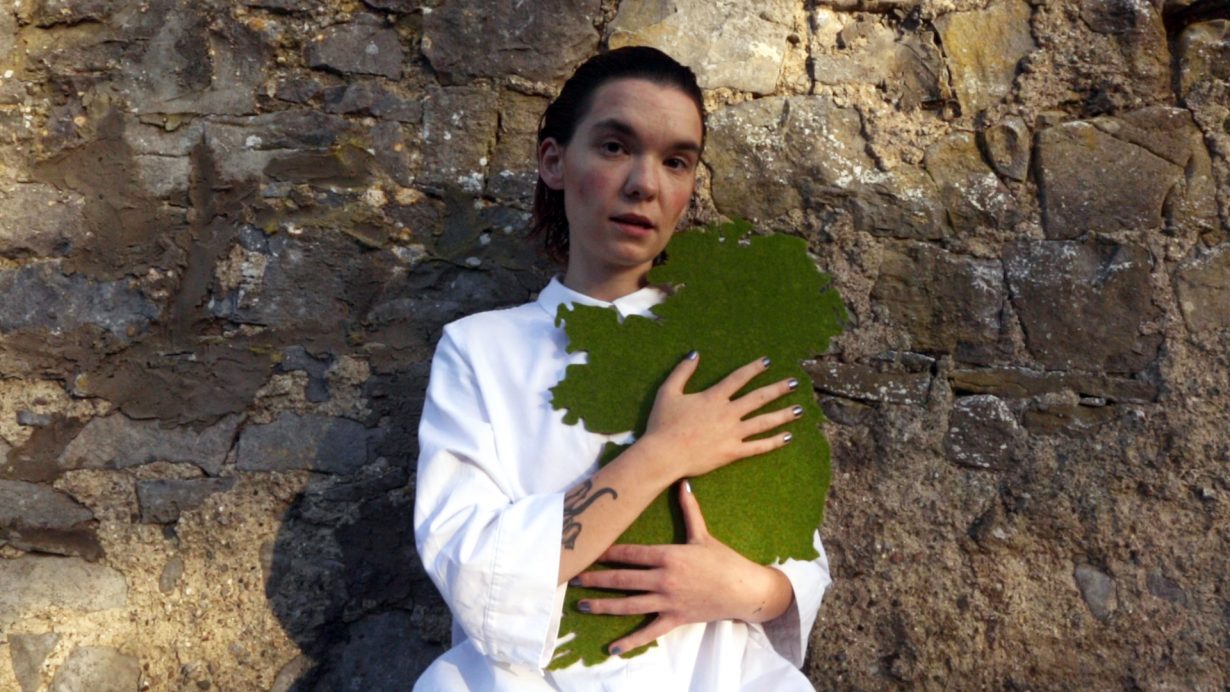
Eimear Walshe will represent Ireland. Raised in Longford, Walshe works with video, sculpture, publishing and performance to negotiate issues of nineteenth-century Irish land laws and their impacts on ideas of private property and sexual conservatism. Their pavilion for Venice will present a reconsideration of housing activism and history of land in relation to sexuality and community agency. ‘I’m very interested in what’s called local history, or even family history, or queer history,’ Walshe told ArtReview. ‘But the more you look at it you realise that all history is local history. All history is family history…. The other thing with history, coming from a queer perspective, is there’s always the notion in the back of your mind about erasure — like what gets left behind in the moment, and what gets abandoned in the future; what stories get let go of and can never be told.’ Sara Greavu and Dublin’s Project Arts Centre will curate.
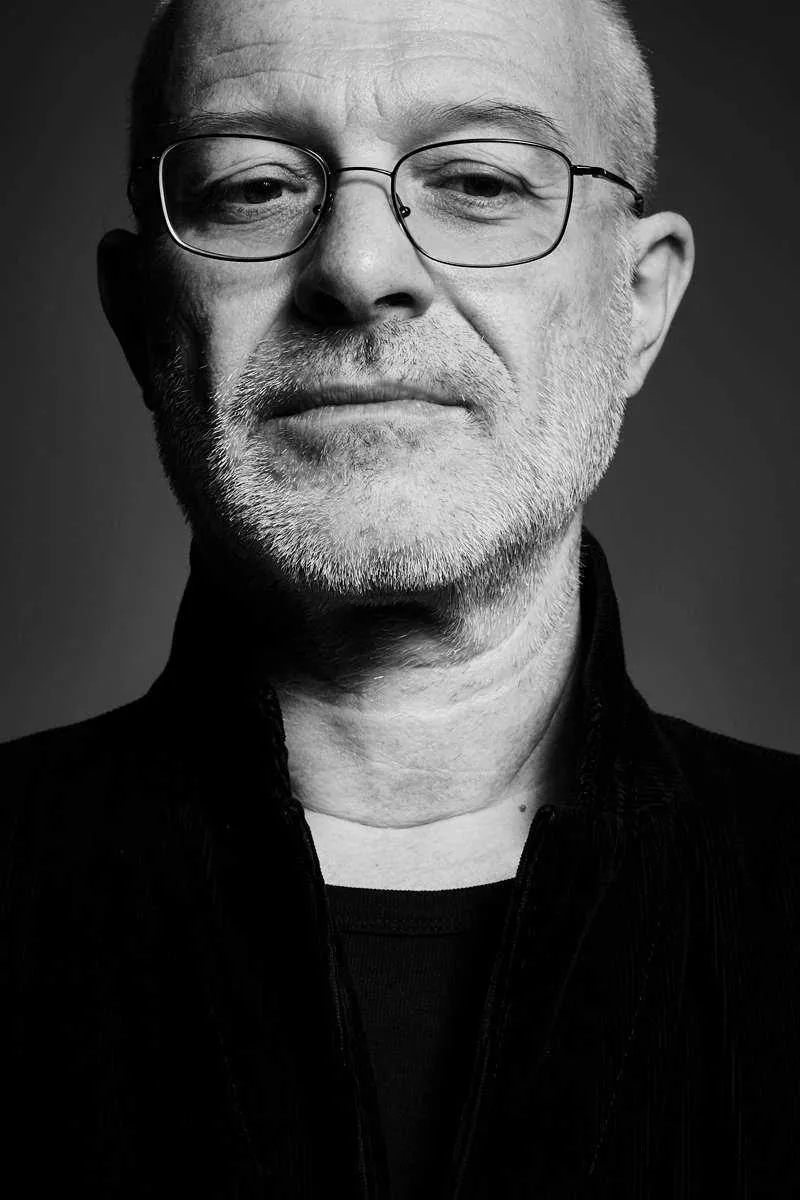
Italy has selected Massimo Bartolini for its pavilion. Bartolini, born in Cecina in 1962, works in a variety of mediums, including performance, sound, sculpture, photography, video and large-scale public installations. Bartolini’s work draws on theatre and performance: his early works featured music and dancers, and reflected a complex relationship between the performers, the public and architecture. This then also developed to the recognisable room-size immersive installations he has been making more recently. Luca Cerizza will be the curator.

Japan has selected Tokyo-based artist Yuko Mohri to represent its Venice Pavilion. Born in 1980 in Kanagawa, Mohri is interested in various forms of interconnections. In her often large-scale installations, such as Moré Moré (Leaky): Variations (2017–) and I/O (2011–), water or electricity flow through connected pipes and circuits, in and out of various everyday objects. Her works recently appeared in this year’s 14th Gwangju Biennale, whose artistic director Sook-Kyung Lee will curate the exhibition. ‘I have admired Yuko’s work for some time, finding her choice of everyday, mundane materials and spatial configuration very interesting. Sound and music seem almost integral or embedded to their given spaces, rather than taking a central stage or overly exposed,’ Lee said in a statement.

Prishtina-based artist Doruntina Kastrati will represent The Republic of Kosovo. Kastrati’s work straddles sculptures, installation and moving images, often juxtaposing uncanny biomorphic forms and industrial structures and revolving around the human body in contexts of labour, displacement and war. Commissioned by Hana Halilaj, Curator at the National Gallery of Kosovo, Kastrati’s project at Venice, The Echoing Silences of Metal and Skin will explore the country’s history of feminine labour in the aftermath of the 1999 War in Kosovo, exploring their bodily experience and suffering as well as political rights. Writer and researcher Erëmirë Krasniqi will curate.

Amanda Ziemele will represent Latvia in a project curated by Adam Budak, director of Kestner Gesellschaft, Hannover. Ziemele, born in 1990, graduated with a degree in painting from the the Art Academy of Latvia and received a postgraduate degree from the study programme of Interdisciplinary and Experimental Painting at the Dresden Academy of Fine Arts. Her project for the Latvian Pavilion, o day and night, but this is wondrous strange… and therefore as a stranger give it welcome, draws on a classic work of science fiction by English schoolmaster and theologian Edwin A. Abbott’s (who wrote under the pen name Square) Flatland (1884). Her last solo exhibition, The Sun with Teeth , was on view in the Dome Hall of the Latvian National Museum of Art earlier in 2023.

Mounira Al Solh will represent the Lebanon Pavilion at the Venice Biennale. Born in Beirut, Al Solh left the country during the Lebanese Civil Wars (1975–90). Her works – straddling painting, performance, textile, video and installation – often address issues of displacement and conditions of women through untold microhistories. In her recent work A day is as long as a year (2022), mounted in her solo show last year at Gateshead’s BALTIC Centre for Contemporary Art, Al Solh collaborated with 31 women from Afghanistan, Iran, Lebanon, Turkey, the Netherlands and South Africa to create an Iranian Qajar-era tent, inside of which hung representations and evocations of the women’s migrant experience. The work ‘speaks to a solidarity of suffering as much as it does to a solidarity of women,’ Mark Rappolt wrote. ‘And, at times, of how that suffering can be overcome.’ Nada Ghandour, the curator of the Lebanon Pavilion in 2022, will curate.
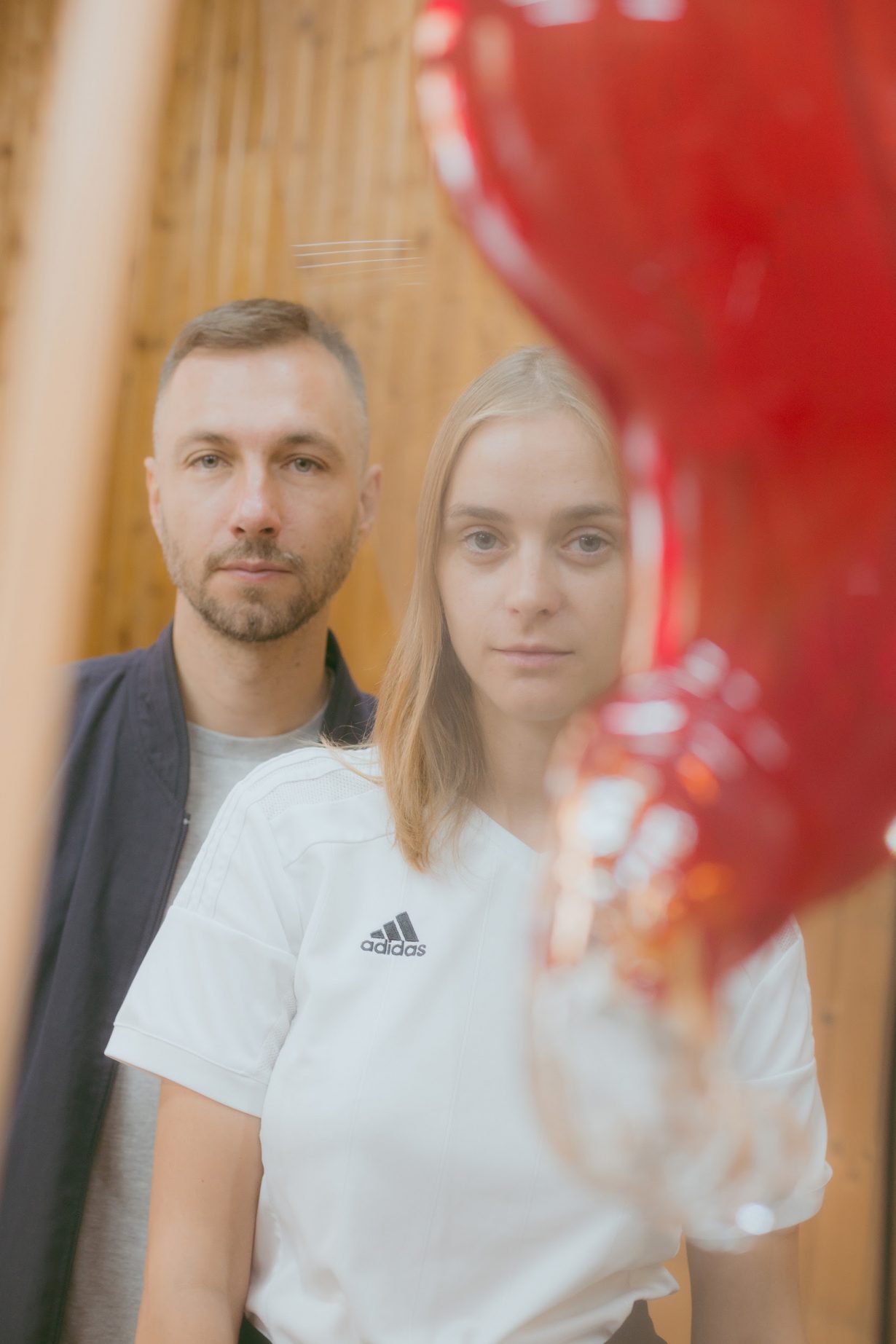
Artist duo Pakui Hardware will represent Lithuania. Neringa Cerniauskaite and Ugnius Gelguda will create a kinetic, immersive installation featuring works by the modernist Lithuanian painter Marija Teresė Rožanskaitė. The Lithuanian National Museum of Art (commissioner Arūnas Gelūnas) will organise the exhibition; Valentinas Klimašauskas and João Laia will curate the show which promises to speak to the ‘inflammations’ concerning ‘human and planetary bodies’; Ona Lozuraitytė and Petras Išora will be responsible for the architecture. Pakui Hardware’s art ‘presents an aesthetics of entanglement in which positives of scientific progress – life extension, say – are indivisible from the negatives of neoliberal biopower and the lure of scientism’, Martin Herbert wrote in a profile of the duo last year.

The Luxembourg Pavilion will take the form of a shared production space throughout the duration of the Biennale. Titled ‘A Comparative Dialogue Act’, the project was conceived by Luxembourgish artist and musician Andrea Mancini and Brussels-based design collective Every Island. All of them are interested in sound and performativity in architectural spaces, and they will invite a series of guest artists to produce overlapping performances that work on the soundscapes they will create for each other, turning the exhibition into a ‘a perpetually evolving site of musical experimentation’. The pavilion will be curated by MUDAM – The Contemporary Art Museum of Luxembourg.

Matthew Attard will be representing Malta. This will be the first time that the Maltese Pavilion will be entrusted to a solo Maltese artist. His show, titled I WILL FOLLOW THE SHIP and curated by Sara Dolfi Agostini and Elyse Tonna, consists of a newly commissioned artwork weaving together cultural heritage, drawing and AI technology. Attard is interested in historical images of ship graffiti, a vernacular style that tells stories of the Mediterranean. ‘At a time of climate change, rising sea levels, and questions of people’s place in a hyper technological world, these humble marks of hope take on a new symbolic meaning within the human consciousness’ says the pavilion team, introducing a project that feels very related to the local context of the island nation, while also being universal in its themes.

Montenegro will be represented by Darja Bajagić. Her project, Potrebno je ostrvo za za ovako dobar osjećaj (It Takes an Island to Feel This Good), focuses on the Montenegrin island of Mamula, which the artist has been researching for the past couple of years. The paintings and sculptures that result from this process integrate archival matter from the state archives of Montenegro and reflect on cultural heritage and memory. The pavilion wukk ve curated by Ana Simona Zelenović and organised by the Museum of Contemporary Art of Montenegro at the initiative of commissioner Vladislav Šćepanović. Bajagić was born in 1990 in Podgorica, Montenegro, and raised in Egypt and the United States. She has an MFA from Yale and has had solo exhibitions in museums and institutions including Le Confort Moderne, Poitiers, France, the Hessel Museum of Art, Annandale-on-Hudson, New York and Künstlerhaus, Halle für Kunst & Medien (KM-) in Graz, Austria.
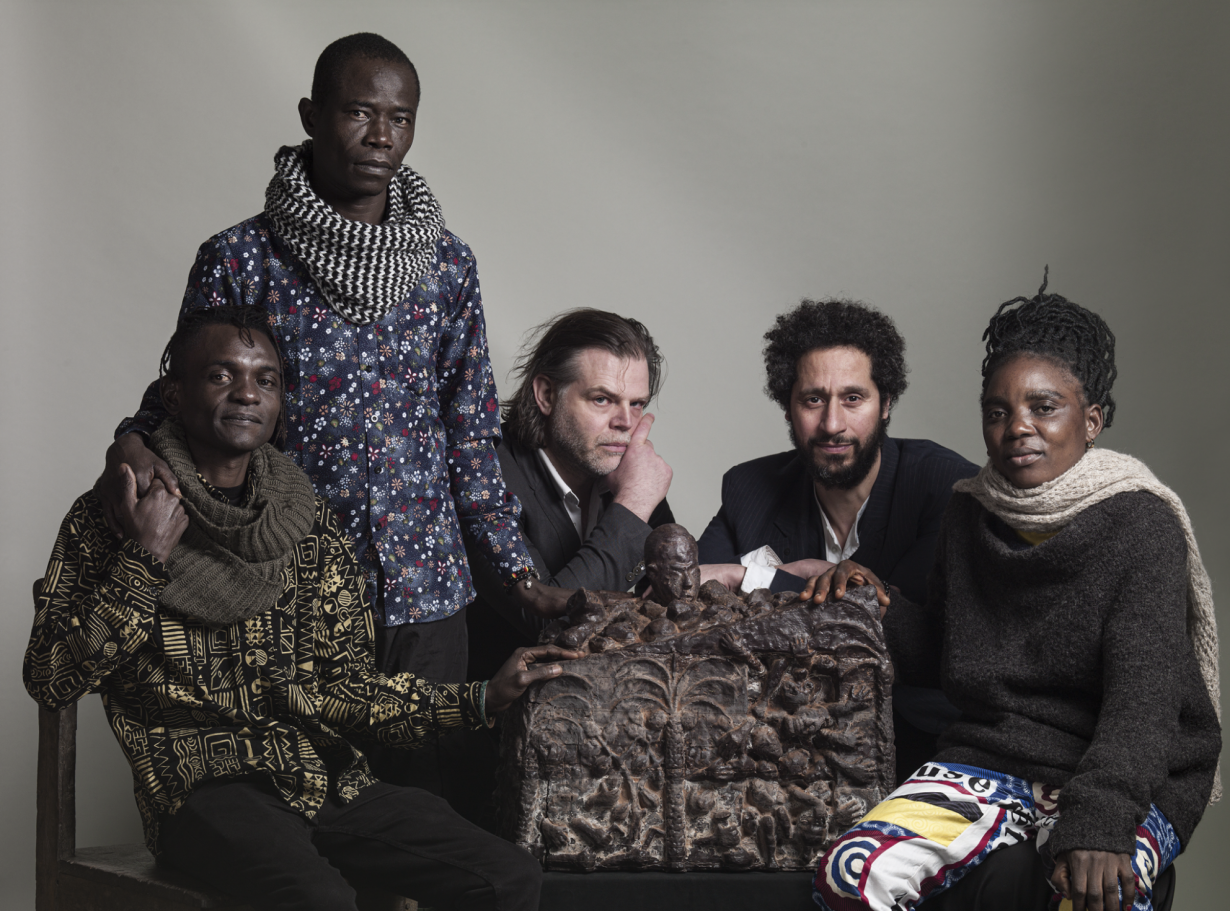
Renzo Martens and Cercle d’Art des Travailleurs de Plantation Congolaise (CATPC) will represent the Netherlands. The collective grew out of the Dutch artist’s collaboration with Congolese plantation workers, in Lusanga (once known as Leverville, the colonial-era headquarters of the Lever plantation operations), with whom he set up a sculpture workshop; and in 2017, in the DRC countryside at the White Cube exhibition space. Martens came to prominence with his 2008 film Episode III: Enjoy Poverty, in which, travelling around the DRC, the artist attempts to engage local photographers in discussions about the nature of the international media economy and the Western market for images of suffering in other parts of the world, encouraging them to exploit their own poverty and instability for profit. It was a work, J.J. Charlesworth wrote, that ‘forces us to face the uncomfortable question of the balance of economic power that continues to condemn many Africans to a life of subsistence labour and grinding poverty, somehow regardless of the countless millions in aid, and the thousands of aid workers and NGOs that have come to Africa to do “good work”’. The Dutch artist and his Congolese colleagues will open an exhibition at White Cube in Lusanga simultaneously to the Dutch pavilion.
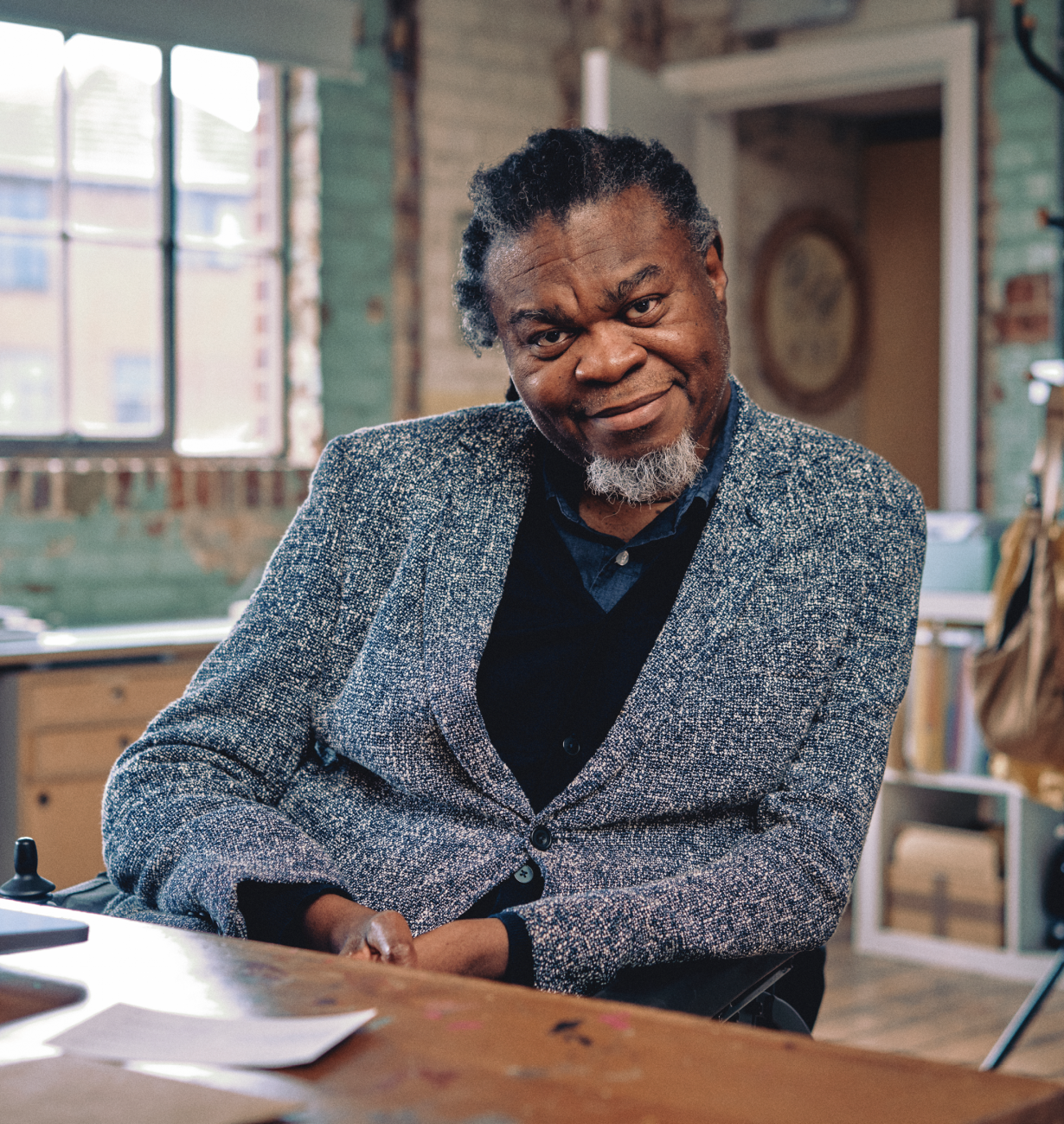
The Nigerian Pavilion will be represented by eight artists: Yinka Shonibare, Tunji Adeniyi-Jones, Ndidi Dike, Onyeka Igwe, Toyin Ojih Odutola, Abraham Oghobase, Precious Okoyomon and Fatimah Tuggar. This, the nation’s second presentation at Venice Biennale, will be curated by Aindrea Emelife, curator of Modern and Contemporary at the Museum of West African Art, Benin City. Under the title Nigeria Imaginary, the pavilion will ‘explore different perspectives and constructed ideas, memories of and nostalgia for Nigeria, with a scope that is cross-generational and inter-geographic’.
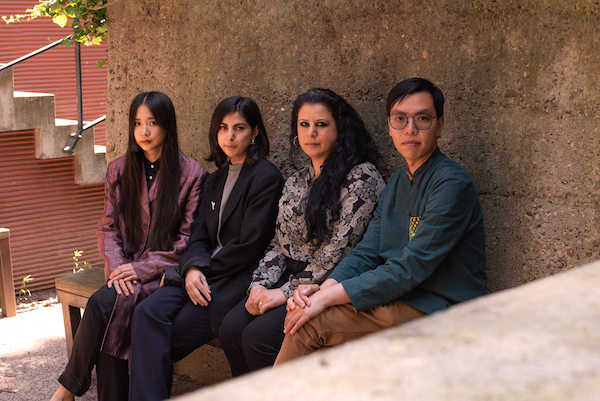
The Nordic Countries Pavilion has commissioned a Joint Nordic Gesamtkunstwerk project for the Venice Biennale. Swedish artist Lap-See Lam, Finnish artist Kholod Hawash and Norwegian composer Tze Yeung Ho will collaboratively present an experimental musical installation and performance inspired by Cantonese Opera. ‘Our three invited participants are all phenomenal storytellers, who use sound and images to amalgamate conflicting feelings of national identity, involving parallel experiences of alienation and cultural affinity,’ said Asrin Haidari, who will curate the exhibition.
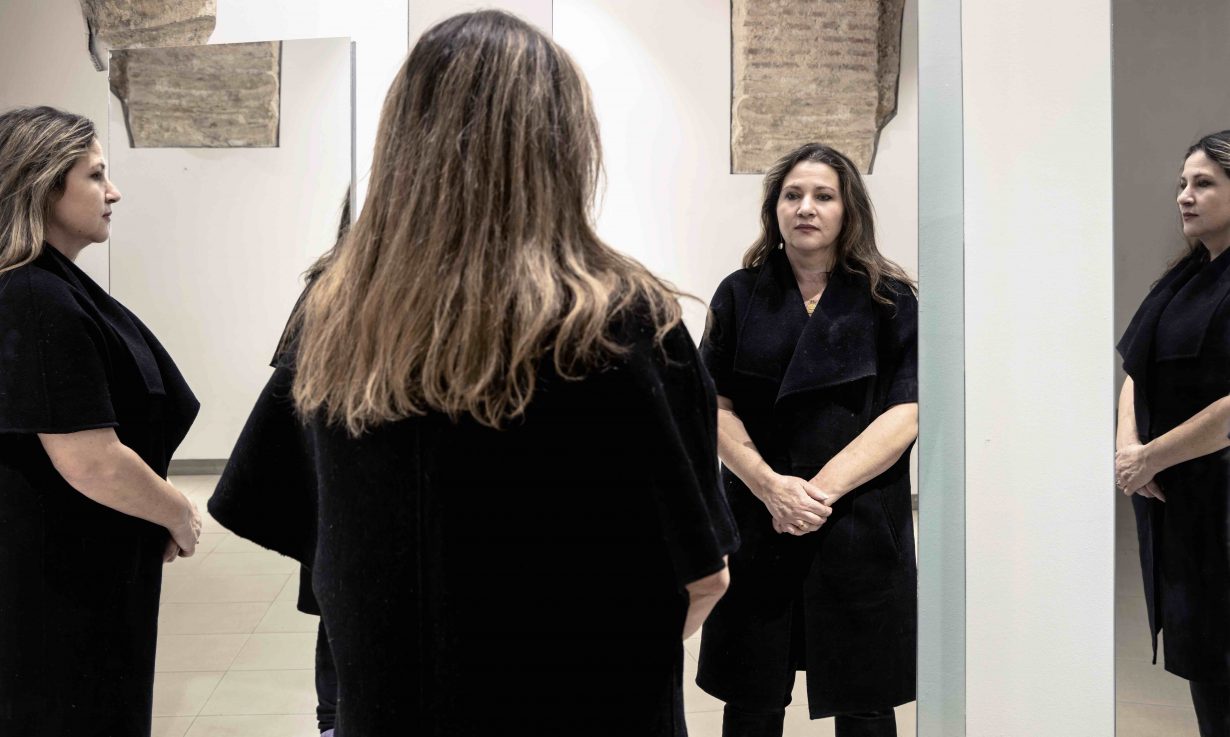
North Macedonia will be represented by Slavica Janešlieva. Curated by Dr. Ana Frangovska, the Pavilion will be dedicated to an installation Inter Spem et Metum, which explores the feeling of being a stranger, through a multidimensional spatial project made up of different mediums and materials, including feathers, mirrors, lights and neon signs.
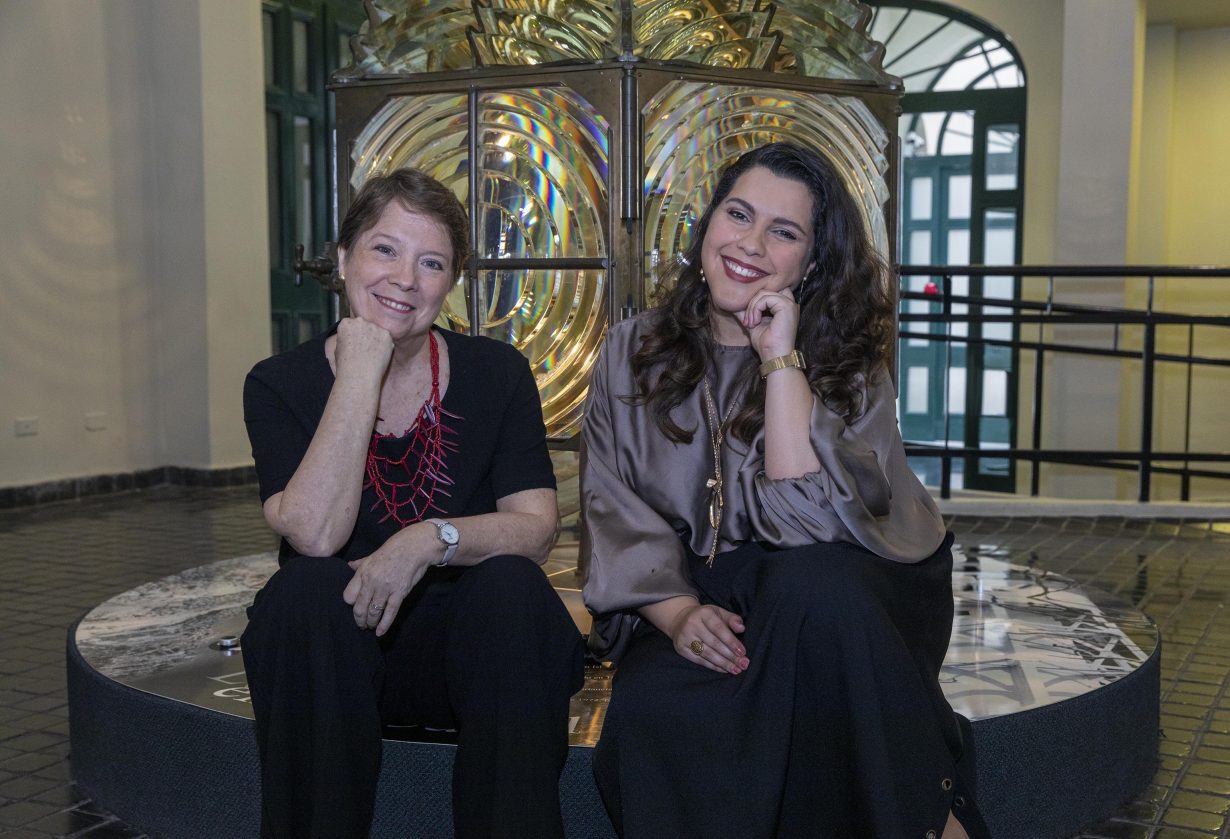
The Panama Pavilion will be a group show, Traces: On the Body and on the Land, featuring four of Panama’s leading contemporary artists – Brooke Alfaro, Isabel De Obaldia, Giana De Dier and Cisco Merel – three of whom will be making newly commissioned work. Curated by Ana Elizabeth Gonzalez, Monica Kupfer and Luz Bonadies, the project will focus on the migration crisis, with a particular emphasis on the Panamanian context, especially in the movement of migrants through the tropical jungle between Panama and Colombia, the only land route connecting South America to Central America.
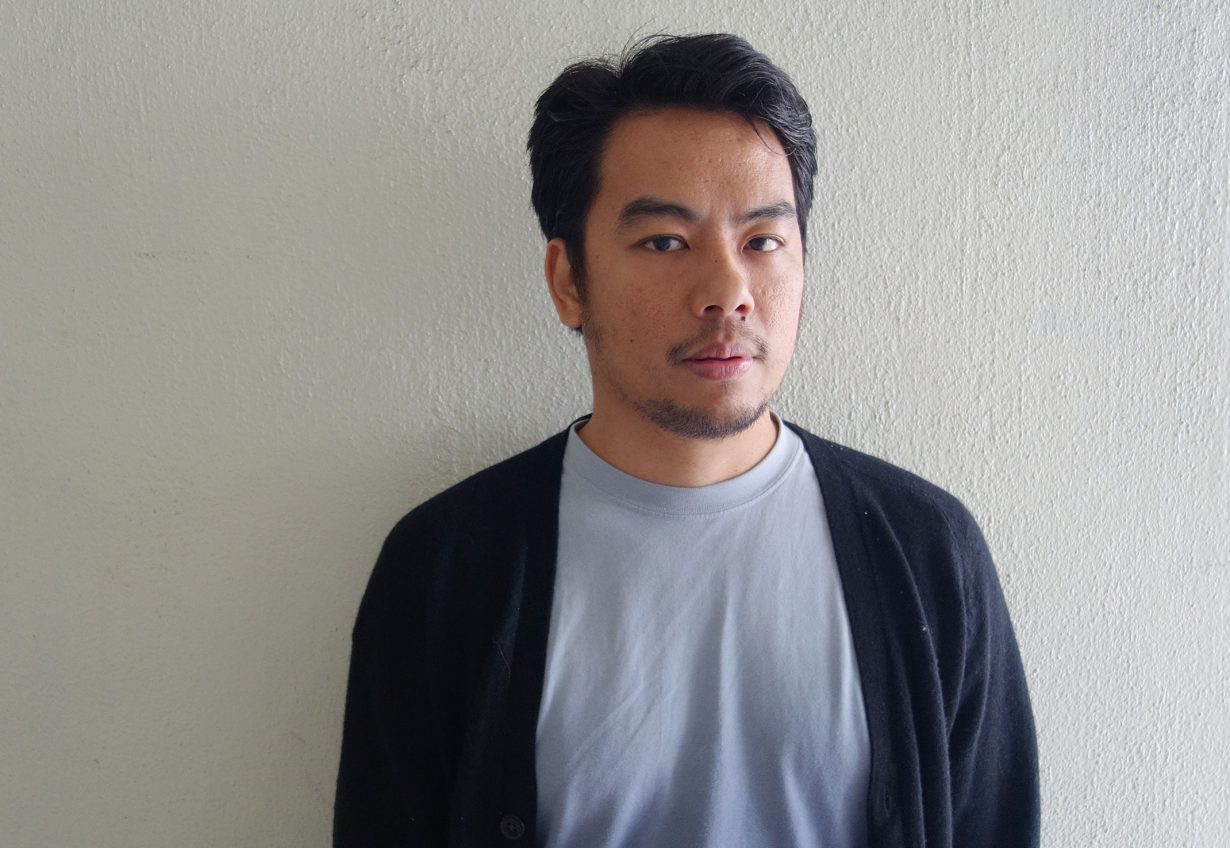
The Philippines will be represented by artist Mark Salvatus, whose works create direct or indirect engagements with the audience to reinterpret everyday urban politics and narratives of national history – a practice which he refers to as ‘Salvage Projects’. The selection was made after a national open call for proposals. Under the title Kabilang-tabing ng panahong ito (Behind the curtain of this age) – which comes from the words of Filipino religious leader Hermano Pule, who led resistance movement against the Spanish Catholic church during the Spanish rule – the exhibition will centre around the ethno-ecologies of Mount Banahaw, which is located on the border of the artist’s hometown in Lucban. The show will explore the topics of mysticism, modernity and the deep past. Carlos Quijon Jr. will curate.

Poland has announced, in a surprise move, a change of artists for the pavilion. Following the election last fall which saw right-wing Law and Justice cast out to be replaced by a coalition of three parties, the new minister of culture, Bartłomiej Sienkiewicz reviewed the original project and decided to replace it. The original project, by Ignacy Czwartos, was titled Polish Exercises in the Tragedy of the World: Between Germany and Russia, the Pavilion is to feature 35 paintings depicting scenes of violence perpetuated by German and Russian aggressors against Poles. Instead, the pavilion will see a project by the Open Group, a collective that includes Yuriy Biley, Pavlo Kovach, and Anton Varga. The Ukrainian artists’ collective, founded in Lviv in 2012, has already staged one Venice pavilion, representing Ukraine in the 56th Biennale in 2015. Their project, Repeat after Me II, a collective portrait of witnesses of the war in Ukraine, will be curated by Marta Czyż. ArtReview has reported at length about the controversy surrounding Czwartos’s selection in November.
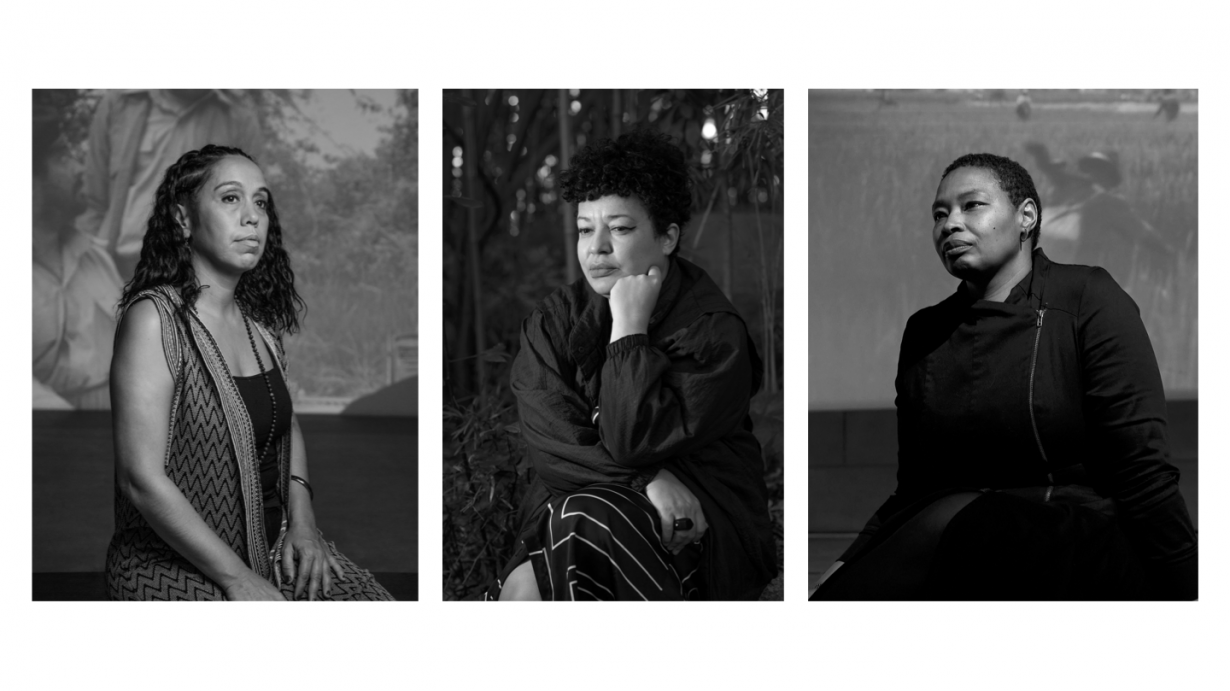
Artist and curator Mónica de Miranda, choreographer Vânia Gala and Sónia Vaz Borges who defines herself as a ‘militant interdisciplinary historian’ will represent Portugal with a collective project titled ‘Greenhouse’. Dividing the exhibition space into four arenas – the garden, the living archive, school, and the assemblies – the project will create a ‘Creole garden’ that engages with discussions of ecology, politics, pedagogy and highlights encounters between artists, the public and various communities.

The Romanian Pavilion will feature an exhibition by Șerban Savu, displayed in both the Romanian Pavilion in the Giardini and in the New Gallery of the Romanian Institute of Culture and Humanistic Research in Venice. Savu’s exhibition, curated by fellow artist Ciprian Mureșan (who represented Romania in the 53rd edition of the Biennale), is titled What Work Is and centred around the history and relationship of work and leisure, drawing inspiration from historical realism, its ideology, and propaganda art of the Eastern Bloc. The presentation in the pavilion will include 40 paintings from the last 40 years, as well as plinths with mosaics that in lieu of displaying heroic or momentous scenes, show situations of calmness and confusion.

American artist Eddie Martinez will represent the pavilion of San Marino. As the world’s oldest republic, San Marino has often picked international artists for its national pavilion, a choice that honours the landlocked country’s history as a place of shelter and refuge. The exhibition title, Nomader, echoes the idea of migration and nomadism in the Biennale’s overall theme Foreigners Everywhere, while also puns on the American pronunciation of ‘no matter’. Having had an itinerant childhood, Martinez’s drawings, paintings and sculptures waver between abstraction and figuration. ‘My work is not tied to a school or genre,’ said Martinez in a statement. ‘It is a kind of superabundance of thoughts and ideas that sometimes clarifies itself.’ Alison M. Gingeras will curate.
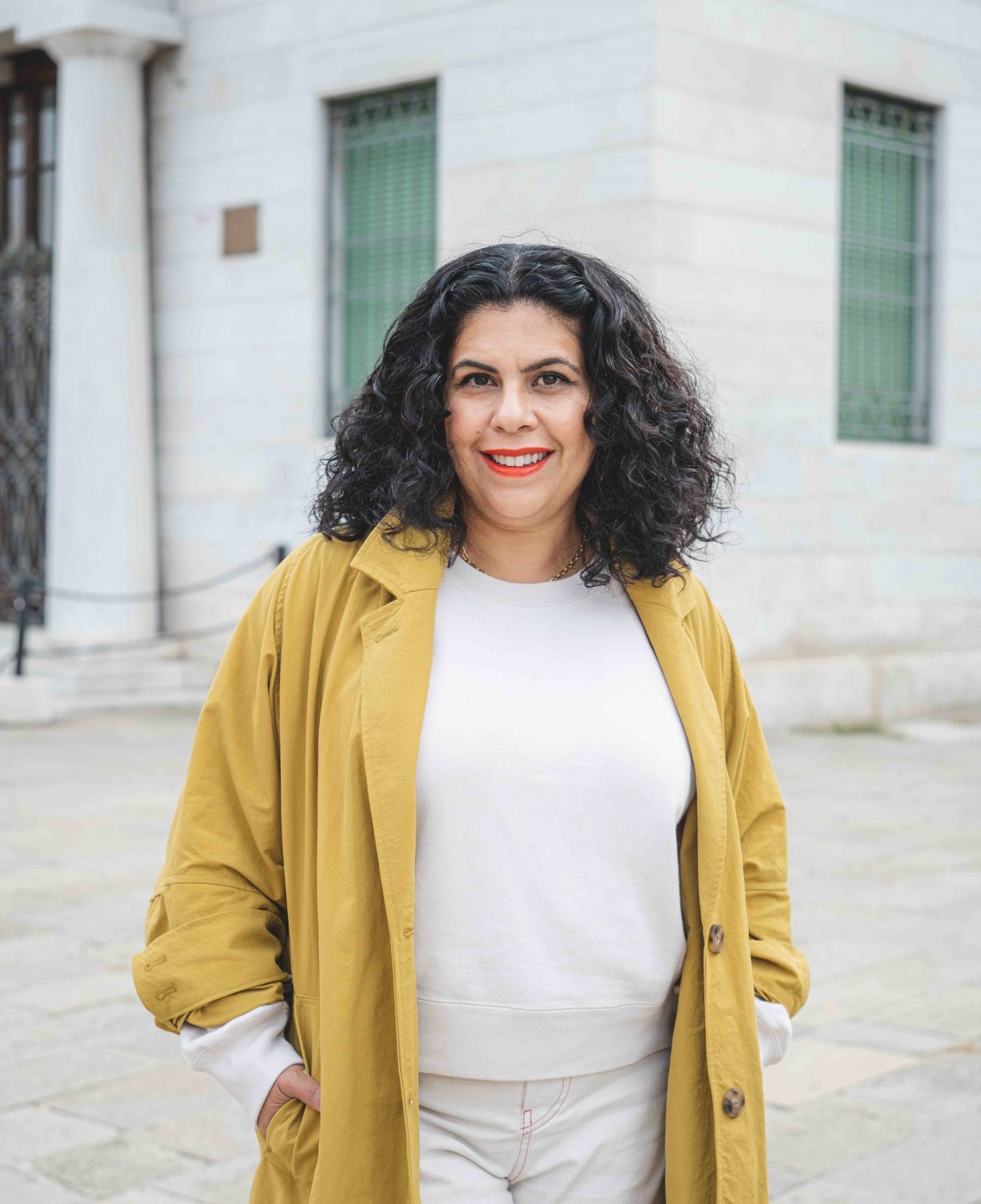
Manal AlDowayan will represent Saudi Arabia. Born in Dhahran, AlDowayan is known for her participatory practice that deals with collective memory, acts of forgetting as well as experiences of women. Her most famous piece Suspended Together (2011) is an installation consisting of 200 fibreglass doves. Each included a permission-to-travel document – donated by Saudi women aged between six months and 60 – of the kind required for all Saudi women to travel. Her more recent participatory performance at the Guggenheim in New York From Shattered Ruins, New Life Shall Bloom (2023) invites audiences to crush piles of porcelain totems resembling paper scrolls printed with old texts and images on gender – in an act of collective deconstruction.

Visual artist and scenographer Aleksandar Denić will represent the Pavilion of Serbia. Titled Exposition Coloniale, the exhibition deals with ideas of residence versus being in transit, housed in the pavilion that has itself been passed down the hands of several nations – initially intended for Sweden and Greece and then acquired by Romania and former Yugoslavia. Being permanently displaced in Germany and other German-speaking regions, Denić will immerse the space with a ‘reflective discomfort’ that provokes visitors to question their sense of belonging and ‘feel like a foreigner in [their] own country’. The exhibition will include music and sounds, lights, heating systems and other sensory elements which will ‘further blur and disturb the boundaries between the physical and emotional realms’. Ksenija Samardžija will curate.
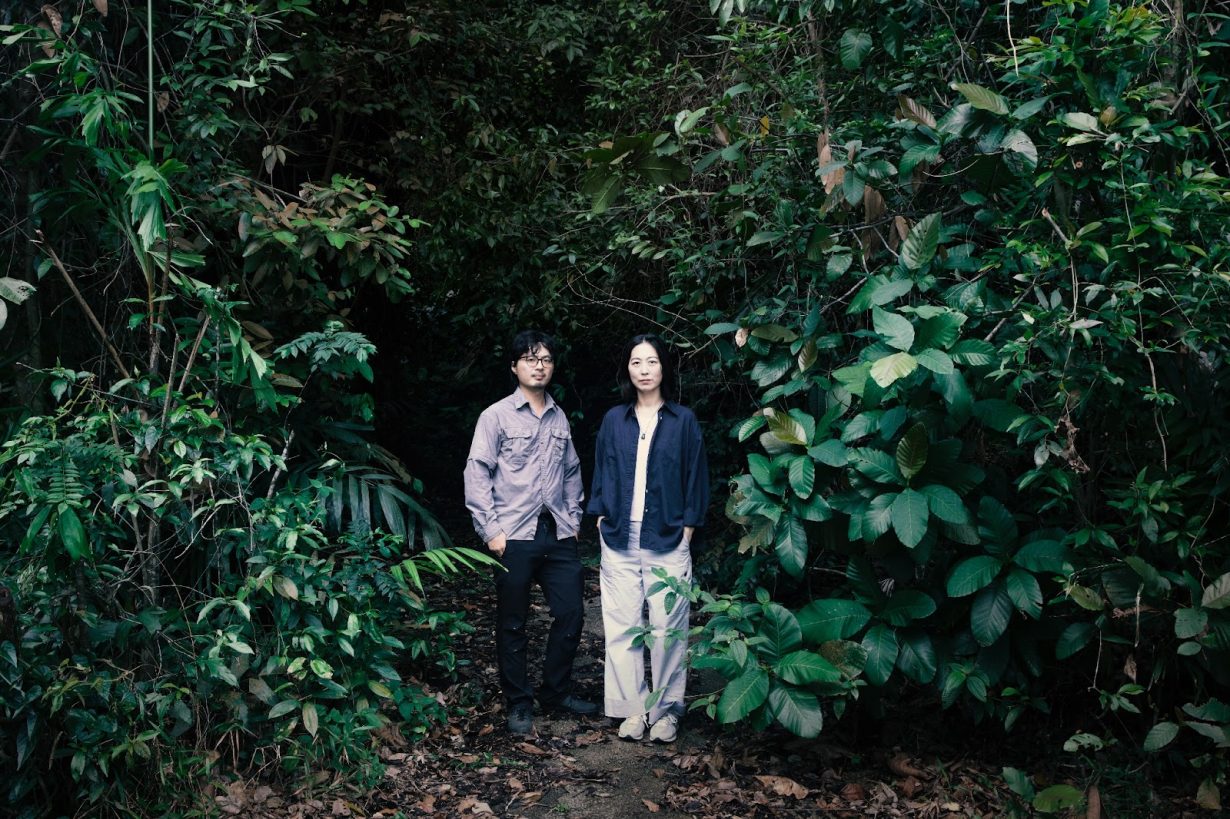
Singapore Art Museum (SAM) has announced that Robert Zhao Renhui will represent the Singapore Pavilion. With curator Haeju Kim, Zhao will examine the complex relationships between nature and culture through photography, video and sculpture. Recent exhibitions include The Forest Institute (2022), a largescale architectural installation at Gillman Barracks, Singapore; and Untimely Meditations (2022), a series of works taking alternative views at history and nature through cabinetlike installations containing videoworks, photography and artefacts of the past and present. Kim is senior curator at SAM and most recently was artistic director for Busan Biennale 2022.

The South African Pavilion will feature a newly commissioned sound installation, Dinokana (2024) by the art collective MADEYOULOOK (Molemo Moiloa and Nare Mokgotho). The Pavilion, curated by Portia Malatjie, is organised by the Institute of Creative Repair – a newly formed ‘think and do tank’ based in Johannesburg with a mission to repair people, communities, institutions and places through arts, heritage and culture. The exhibition, titled Quiet Ground, focuses on the possibilities of repair in a context of being ‘foreign at home’, in keeping with the Biennale’s larger theme Foreigners Everywhere.The exhibition will and its parallel public programs will explore three themes: art in South Africa, the land as classroom, and notions of repair through art.
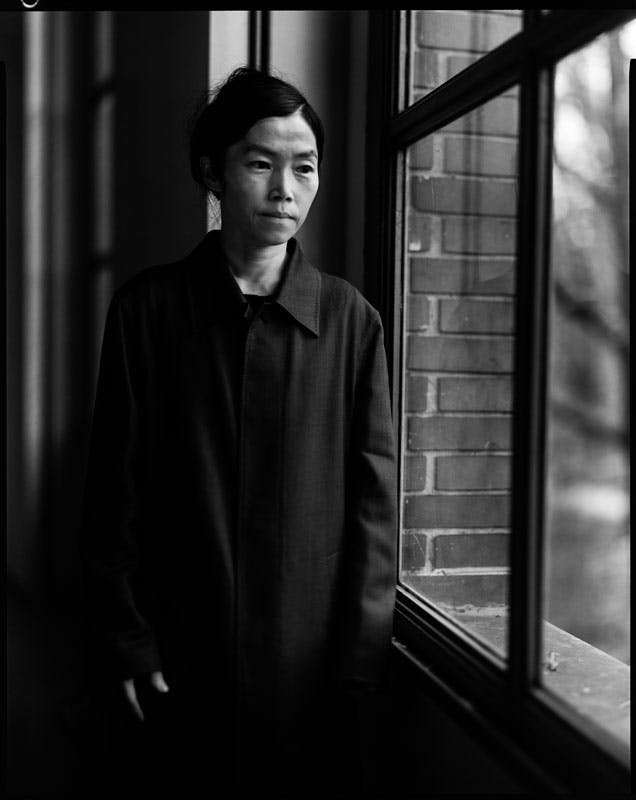
The Pavilion of South Korea will be represented by Koo Jeong-a. Known for her immersive, multi-sensory environments, Koo’s work ‘Odorama City’ at the Pavilion will conjure national memories through invisible elements such as scent, sound and temperature. Jacob Fabricius, director at Art Hub Copenhagen and previously exhibition director at Busan Biennale, and Seolhui Lee, curator of Kunsthal Aarhus in Denmark, will jointly curate the exhibition. ‘Artist Koo Jeong-a’s unique sensibility will be expressed through the exhibition, and the Korean Pavilion will serve as a place for sensory experience and function as a community of memory,’ said an official of Arts Council Korea.
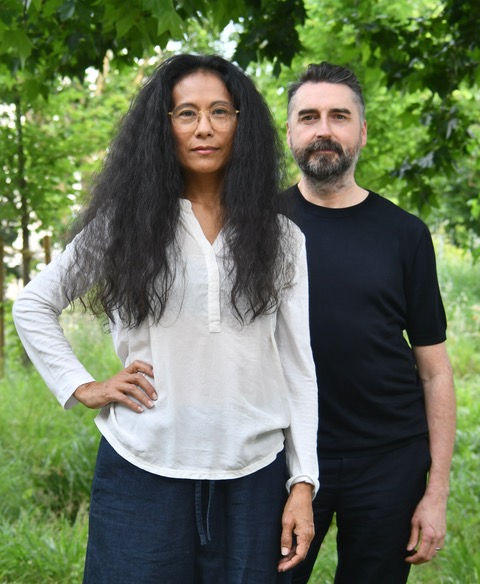
Sandra Gamarra Heshiki, in collaboration with the curator Agustin Pérez Rubio, has been selected to represent the Spanish Pavilion by unanimous decision of an independent judging panel. Born in Lima in 1972, Gamarra Heshiki challenges representation, commercialism and appropriation through predominantly figurative painting, and has previously featured in the 53rd Venice Biennale, the 29th São Paulo Biennale, and the 11th Berlin Biennale – which was cocurated by Pérez Rubio. Under the proposed title of ‘Migrant Art Gallery’, the Spanish Pavilion marks its first selection of an artist born overseas, ‘a Peruvian mixed-race woman of Peruvian-Japanese descent, who will represent the country where she lives and works, playing an active role in the artistic world since the beginning of the 21st century’, the panel said in a statement.
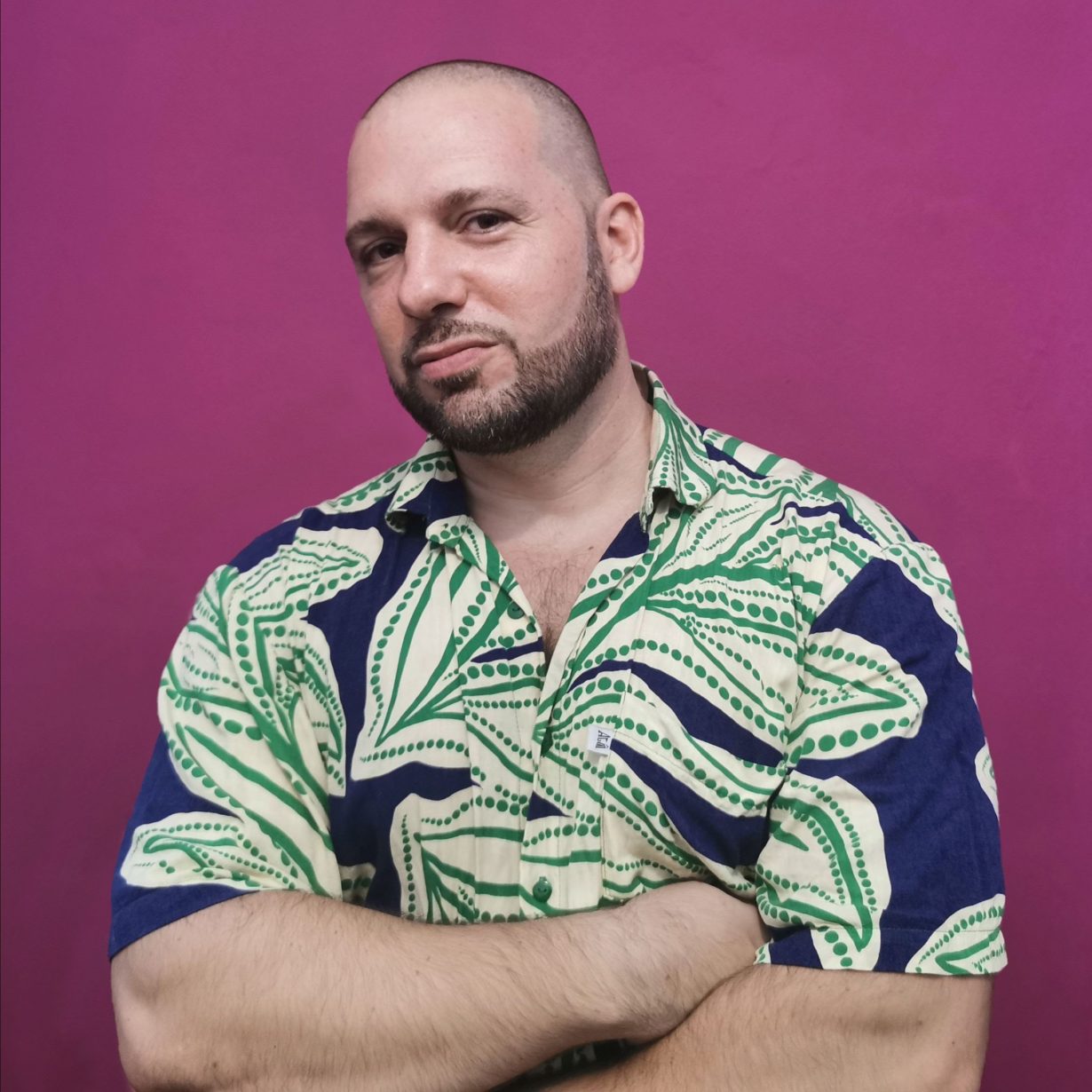
Swiss-Brazilian artist Guerreiro do Divino Amor will represent Switzerland, with his project Super Superior Civilizations examining the motifs and visual strategies of ‘political mythologies’. The work for the Swiss Pavilion, organisers say, ‘poses a critical view of the visual language presented in national political myths, and explores their cultural charge, their hierarchization, and their use’. Andrea Bellini will curate.

Video artist Yuan Goang-Ming will represent Taiwan. Yuan’s artistic language often explores conditions of lived experience and our globalising urban environments. For the Venice Biennale, Yuan will focus on the politics of mapping, as well as the relationship between war and everyday life. The exhibition will be curated by Abby Chen, head of contemporary art and senior curator at San Francisco’s Asian Art Museum. ‘Human beings understand history not just based on chronological records, but in a way as real as the smell in the air – we are all living in history,’ Chen said in a statement. ‘In an era full of uncertainty and disagreement, we will work together to explore time as a fluid habitat and constancy as a form of resistance.’
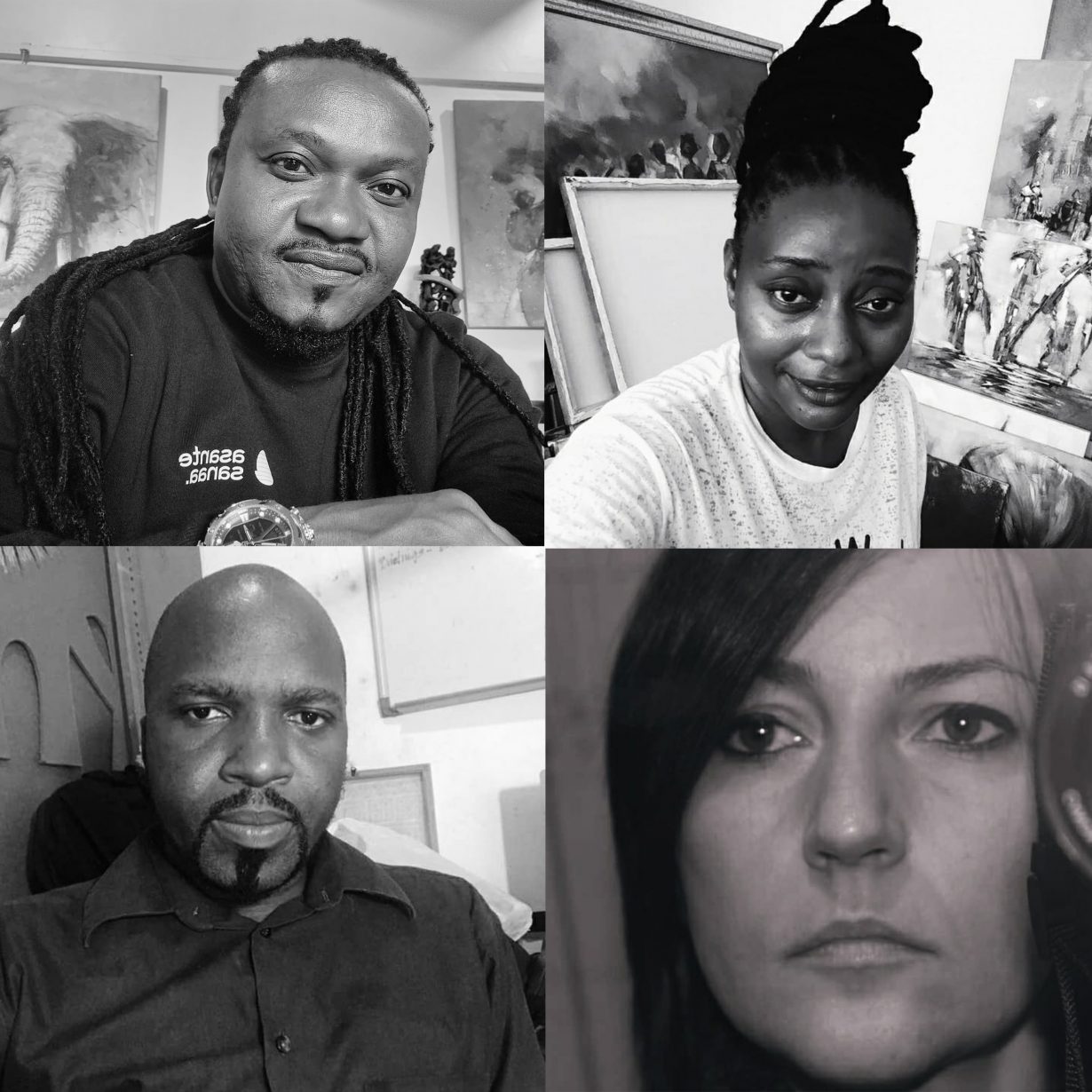
The United Republic of Tanzania will present a pavilion for the first time. Curated by Enrico Bittoto, the pavilion will have a group exhibition with artists Happy Robert, Naby, Haji Chilonga, and Lute Mwakisopile. Exploring the relationship between humans and nature, and in keeping with the larger theme of the biennale, Foreigners Everywhere, the pavilion focuses on the evolution of the concept of the ‘Other’, embodied in the archetype of the trickster, a mythological figure that acts as a mediator between humans and the divine.
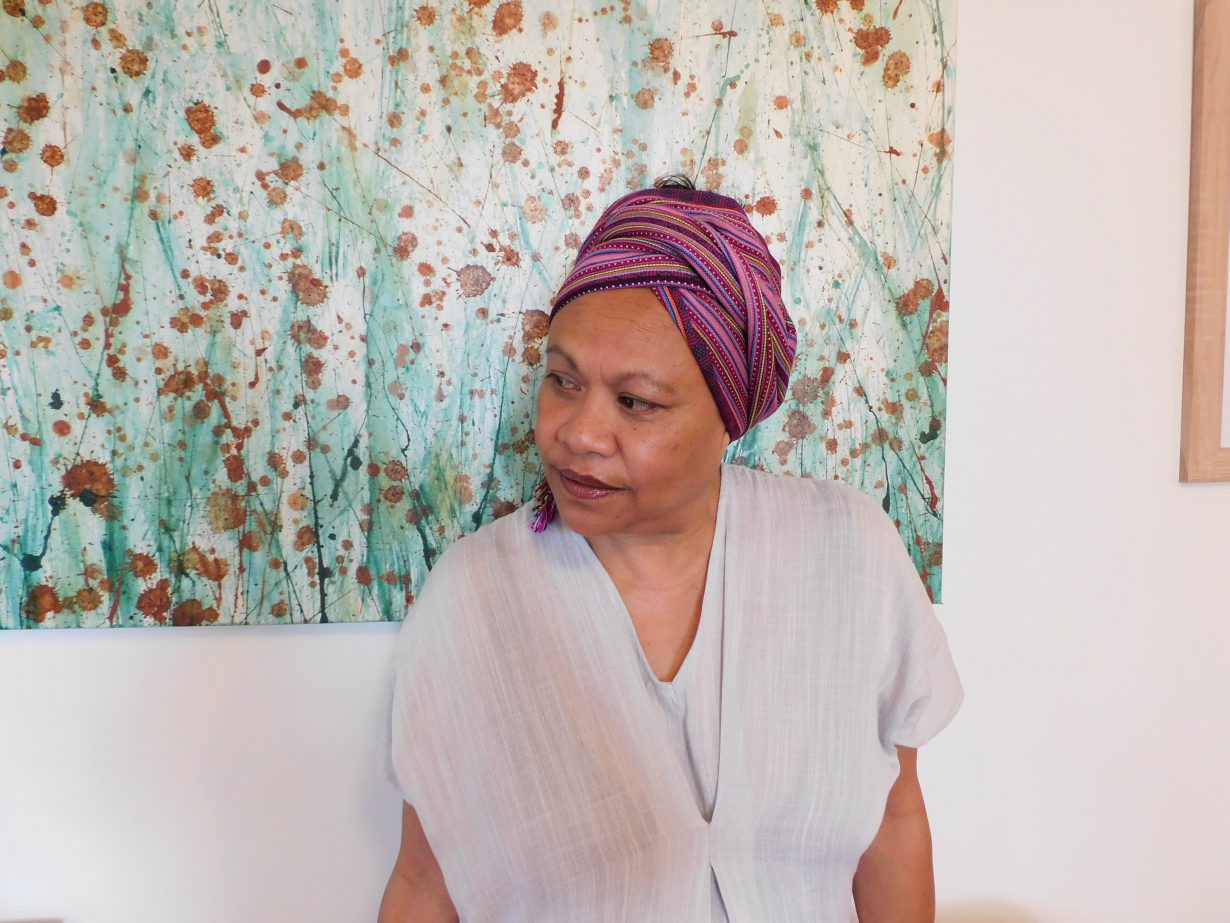
The first-ever Timor-Leste Pavilion will present Maria Madeira’s project Kiss and Don’t Tell. Responding to the biennale’s overarching theme Stranieri Ovunque—Foreigners Everywhere, Madeira imbues her work with her lived experience of displacement, having grown up in a refugee camp in Portugal with her mother. Kiss and Don’t Tell melds tenderness and trauma with the intimacy of a kiss. It will involve a performance on the opening days of the biennial, where Madeira will kiss the walls of the pavilion with lipstick markings while singing traditional songs from her village in the Indigenous language Tetun. Madeira, who lives and works in Perth, Australia, was born in Timor-Leste, left as a refugee after the Indonesian invasion in 1976, and went back around the time of independence. She is one of the nation’s most widely recognised international artists. The inaugural presentation of the Timor-Leste pavilion coincides with the 25th anniversary of the independence of Timor-Leste.

Gülsün Karamustafa will represent the Turkey Pavilion in the Arsenale. The exhibition will look to continue the artist’s focus on contemporary Turkey and historical injustice – often through multidisciplinary works that encompass installation, assemblage, sculpture, painting and videowork. ‘Karamustafa is one of the leading figures of the contemporary art scene in Turkey and her work has travelled and found its significance in many different parts of the world,’ said Bige Örer, director of Istanbul Biennial. ‘Her layered artistic practice engages with the most pressing issues of our time such as displacement and migration, exile and ethnicity, sexuality and gender.’
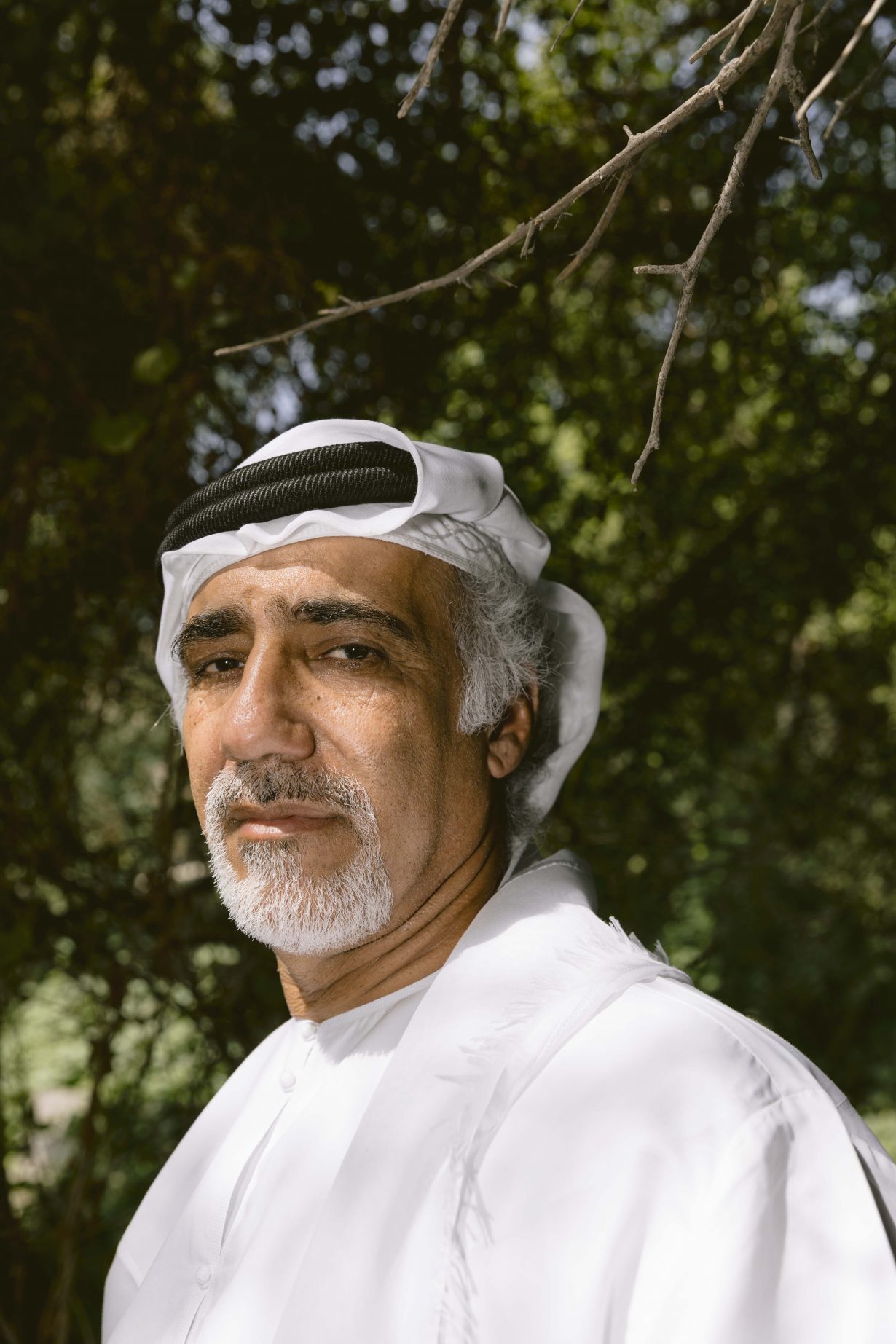
The UAE pavilion will present Emirati artist Abdullah Al Saadi, who has previously participated in the Biennale in 2017 as part of its main exhibition. Al Saadi’s practice ranges from painting and drawing to collecting and cataloguing found objects. In My Mother’s Letters (1998-2013), he collected objects left behind by his mother during visits to his studio and codified them in an alternative alphabetical system. In Stone Slippers (2013), slippers made of boulders were displayed on the floor, all facing a single direction, speaking to a sisyphean experience of his personal quests. ‘My art is the result of interactions with places, people, ideas, and aesthetics that I encounter every day where I live and in my journeys,’ Al Saadi said in a statement. ‘I find myself driven to document these experiences visually or in written diaries and contemplations, seeking to transfigure the ordinary with the passage of time.’ Tarek Abou El Fetouh will curate.
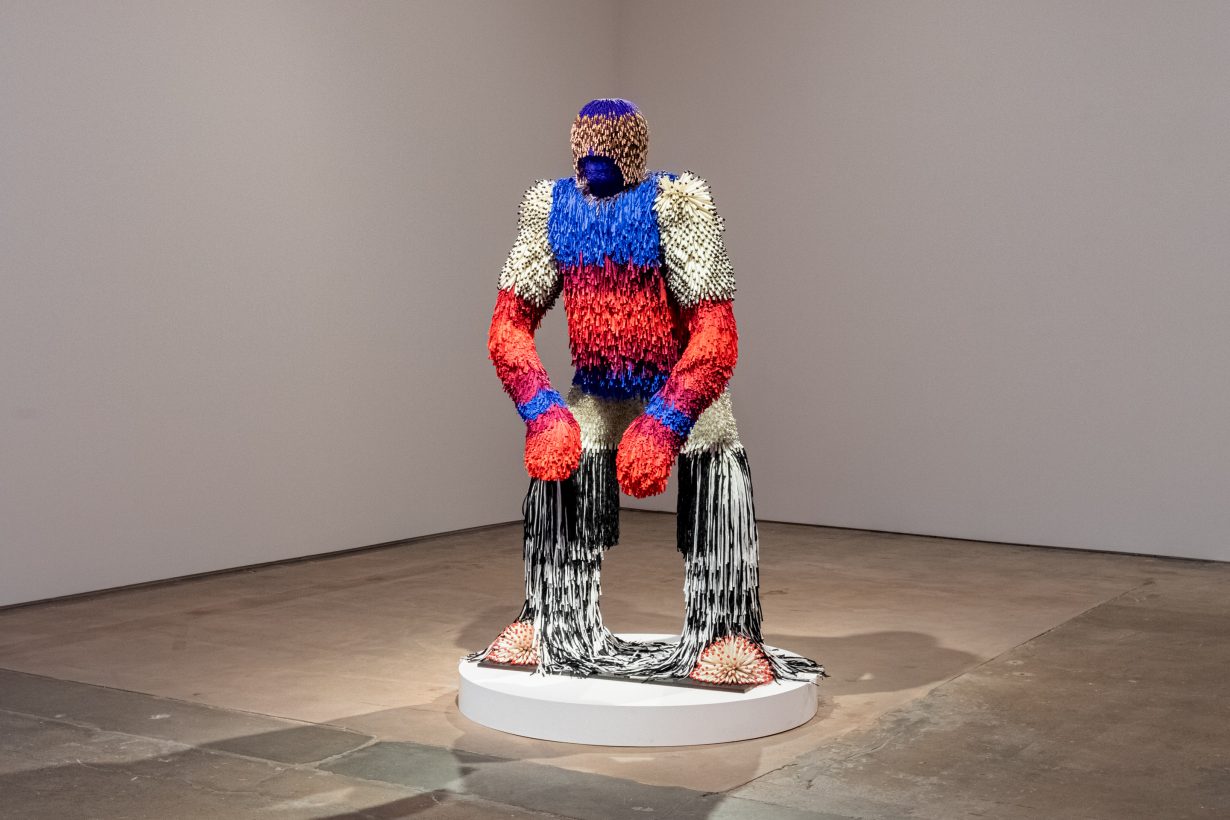
Jeffrey Gibson will represent the United States at the 60th Venice Biennale. Gibson, as explored by Chris Fite-Wassilak in an ArtReview October 2022 feature, uses painting, craft and collage as means to unpick and repattern what is understood as contemporary Native American culture. In a brace of landmarks, Gibson will be the first Indigenous artist to represent the US in the Biennale’s 129-year history – he is a member of the Mississippi Band of Choctaw Indians and of Cherokee descent – and the exhibition’s cocurator, Kathleen Ash-Milby – coming from Portland Art Museum and a member of the Navajo Nation – is the US Pavilion’s first Native American to take the reigns. Ash-Milby will curate alongside independent curator Abigail Winograd.